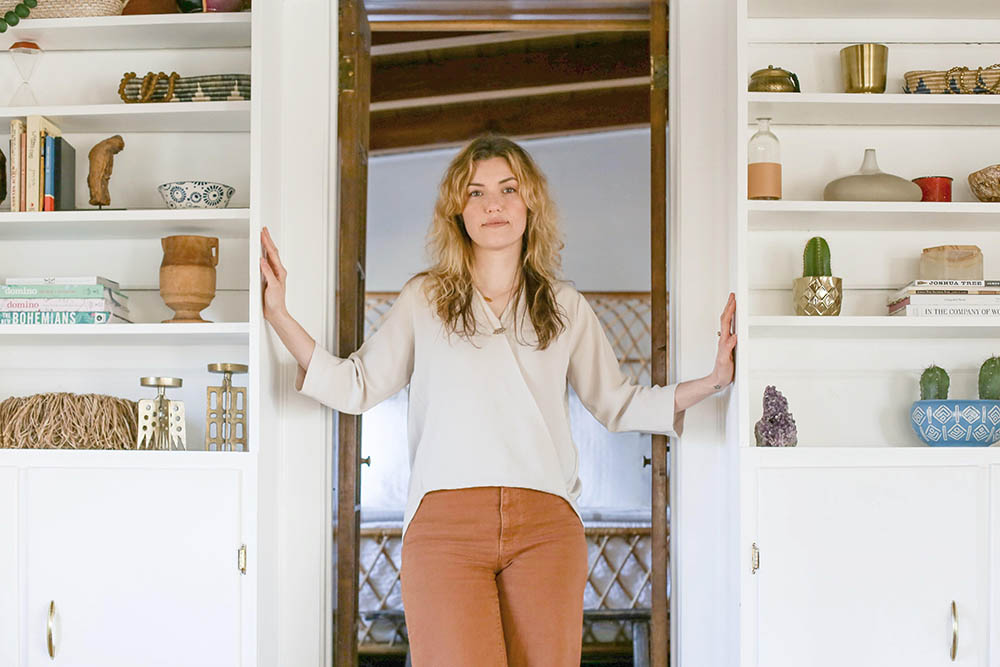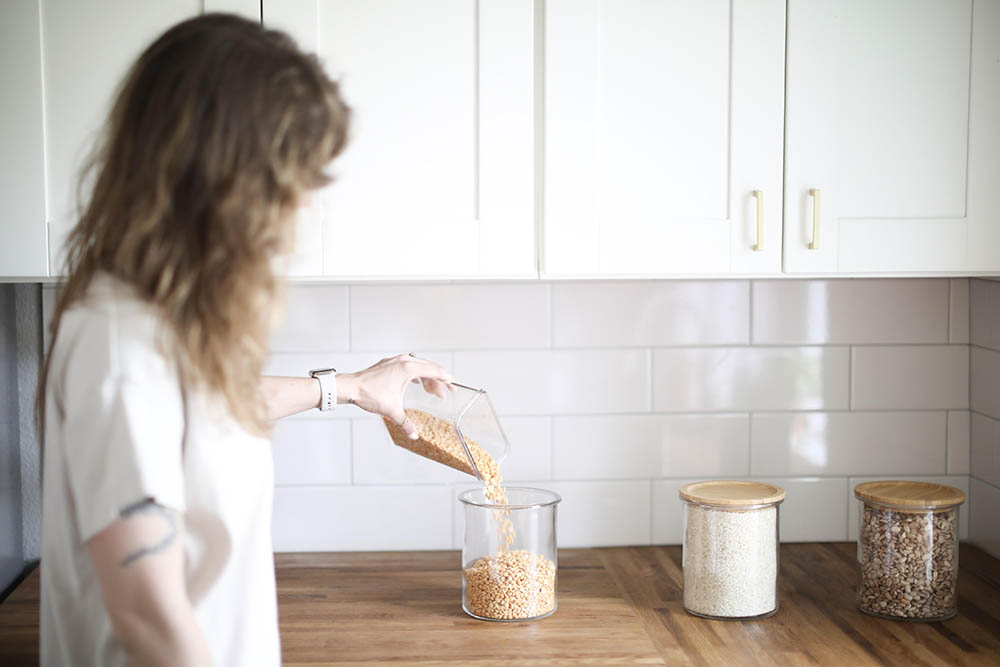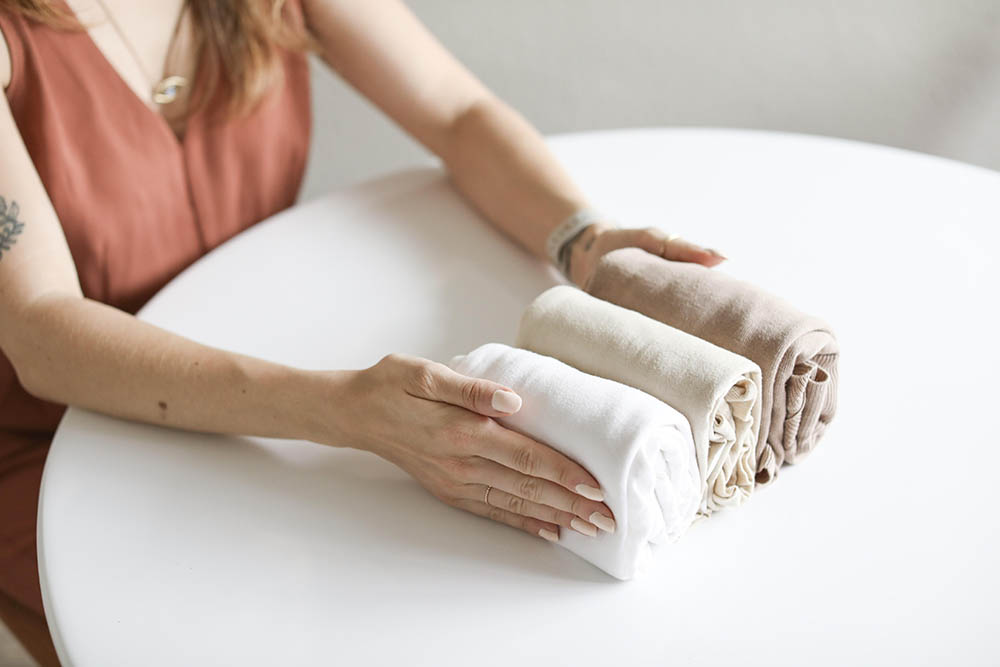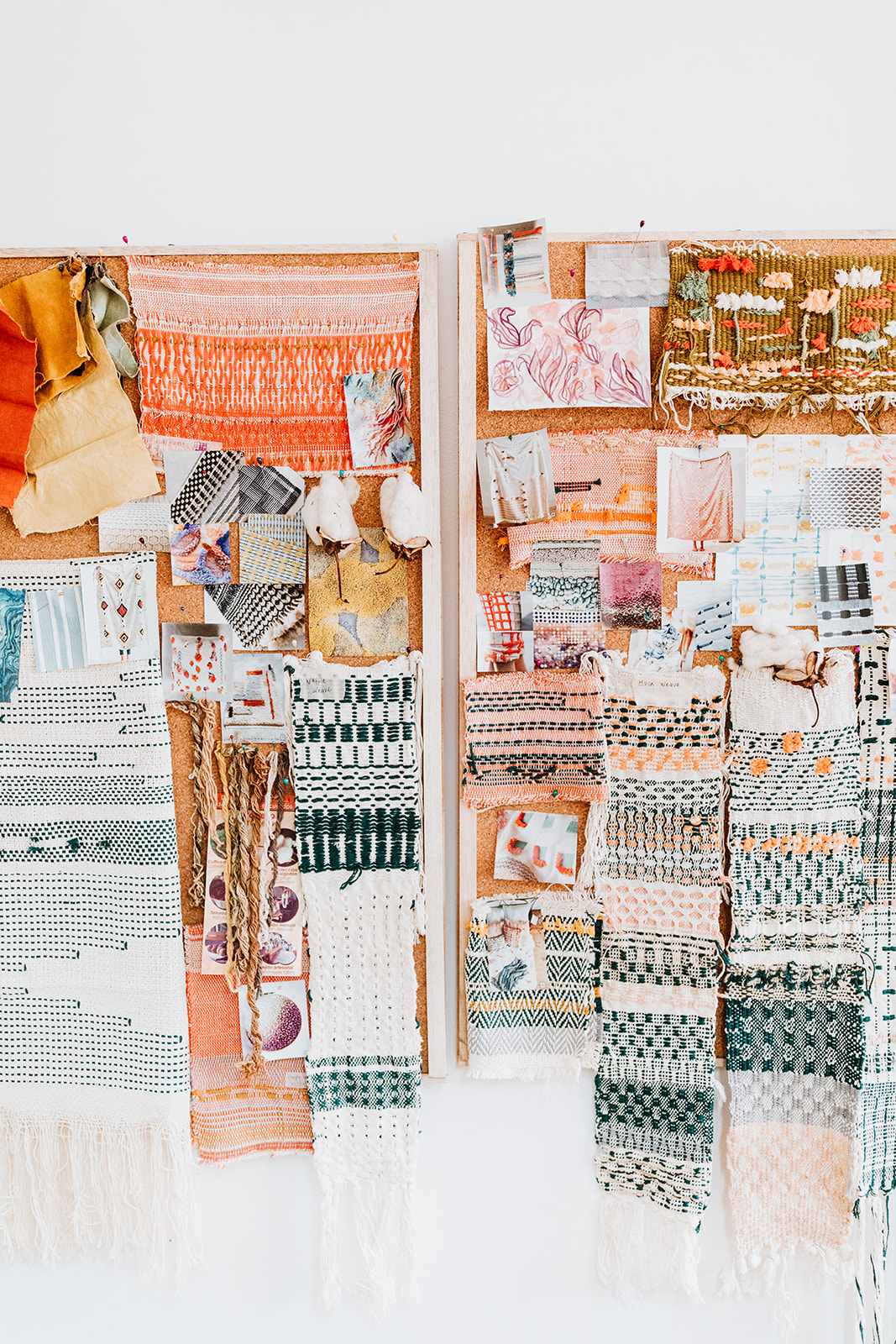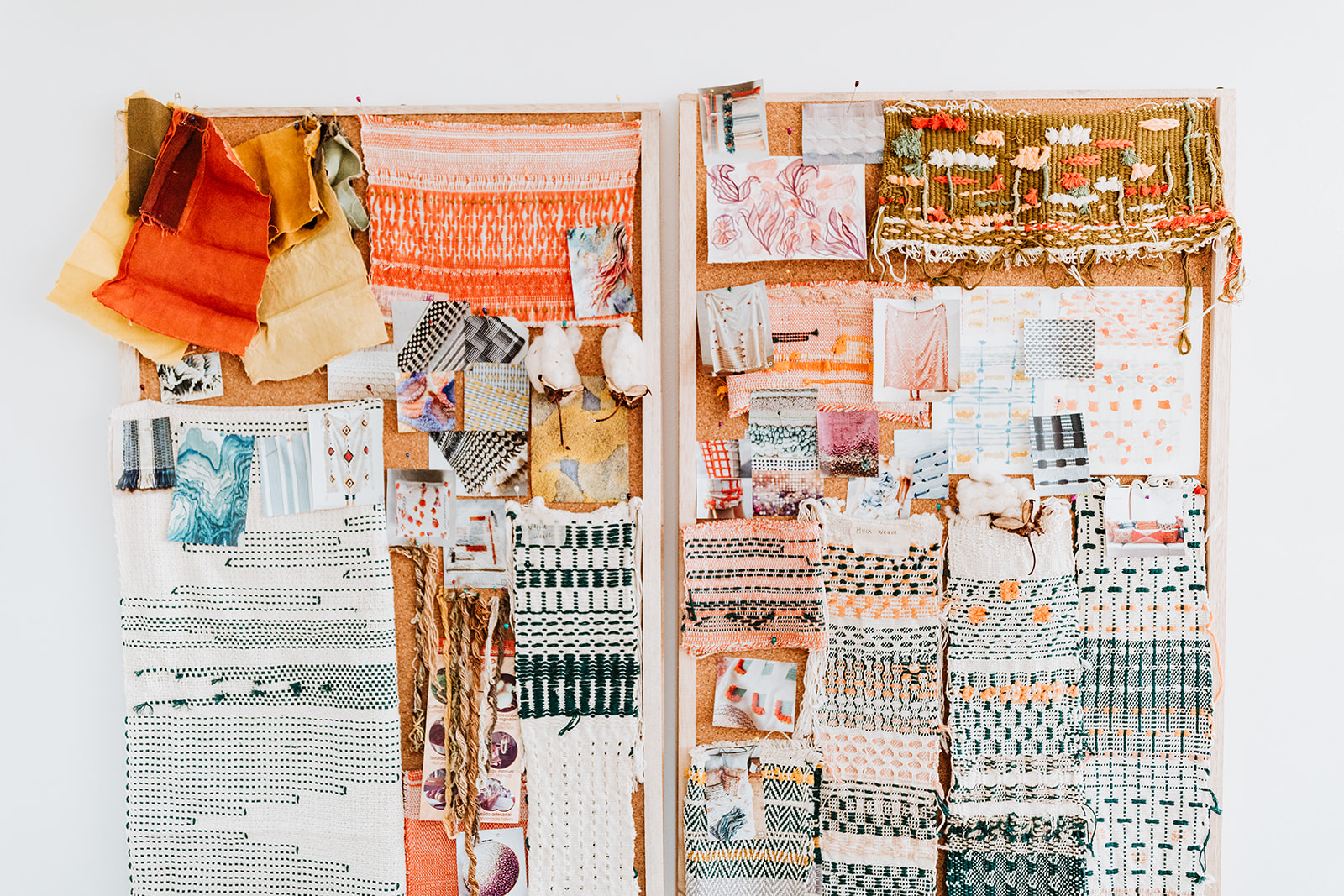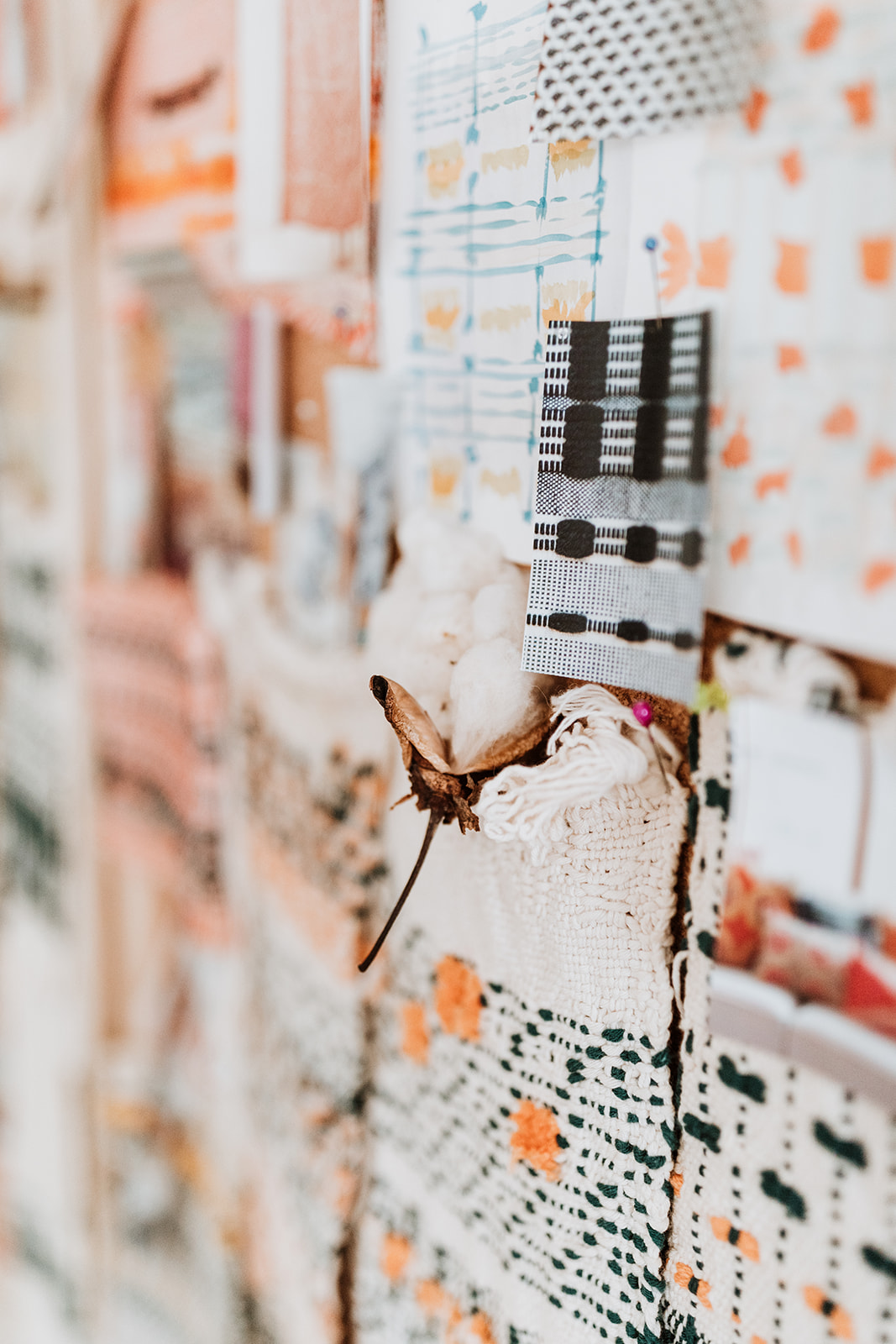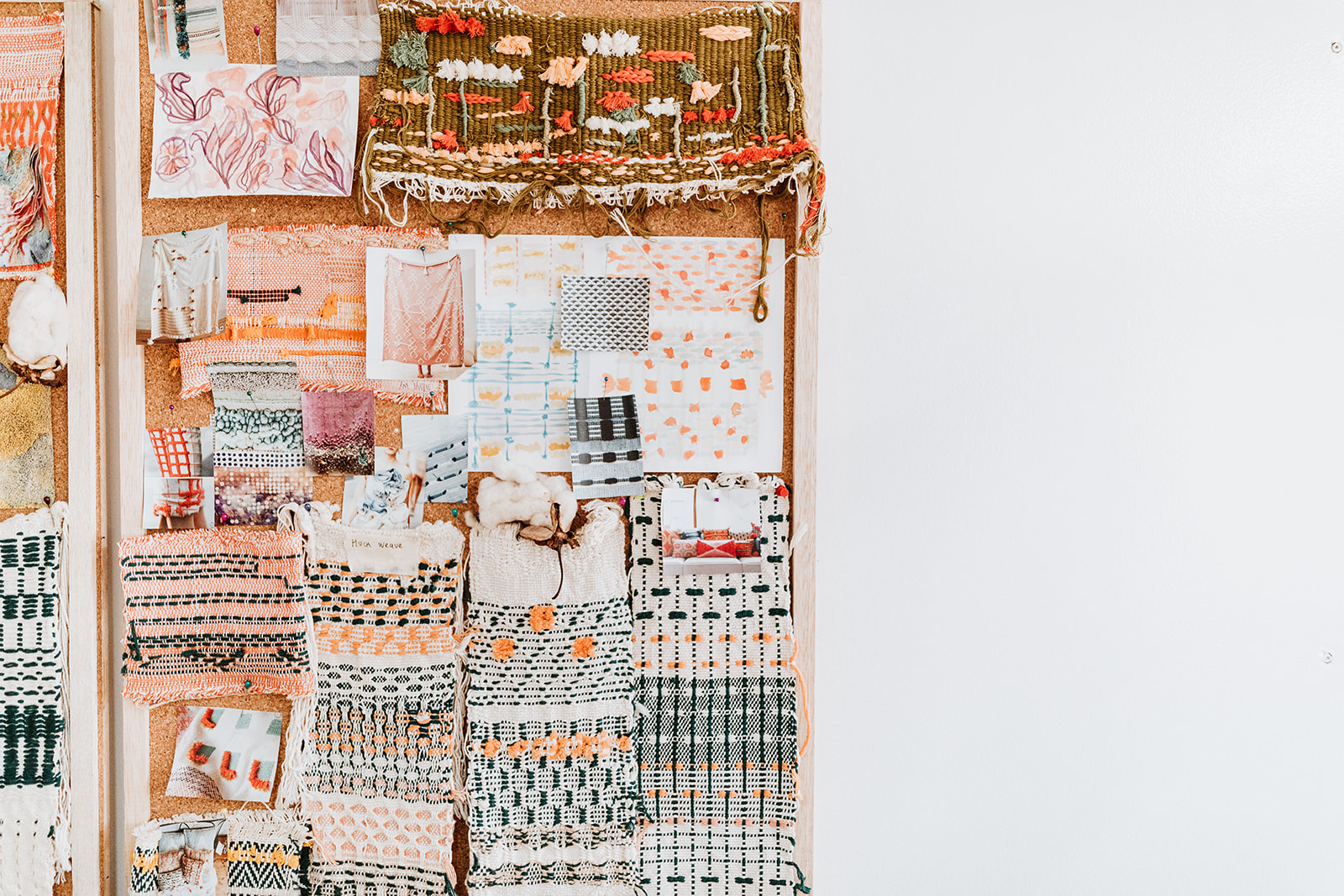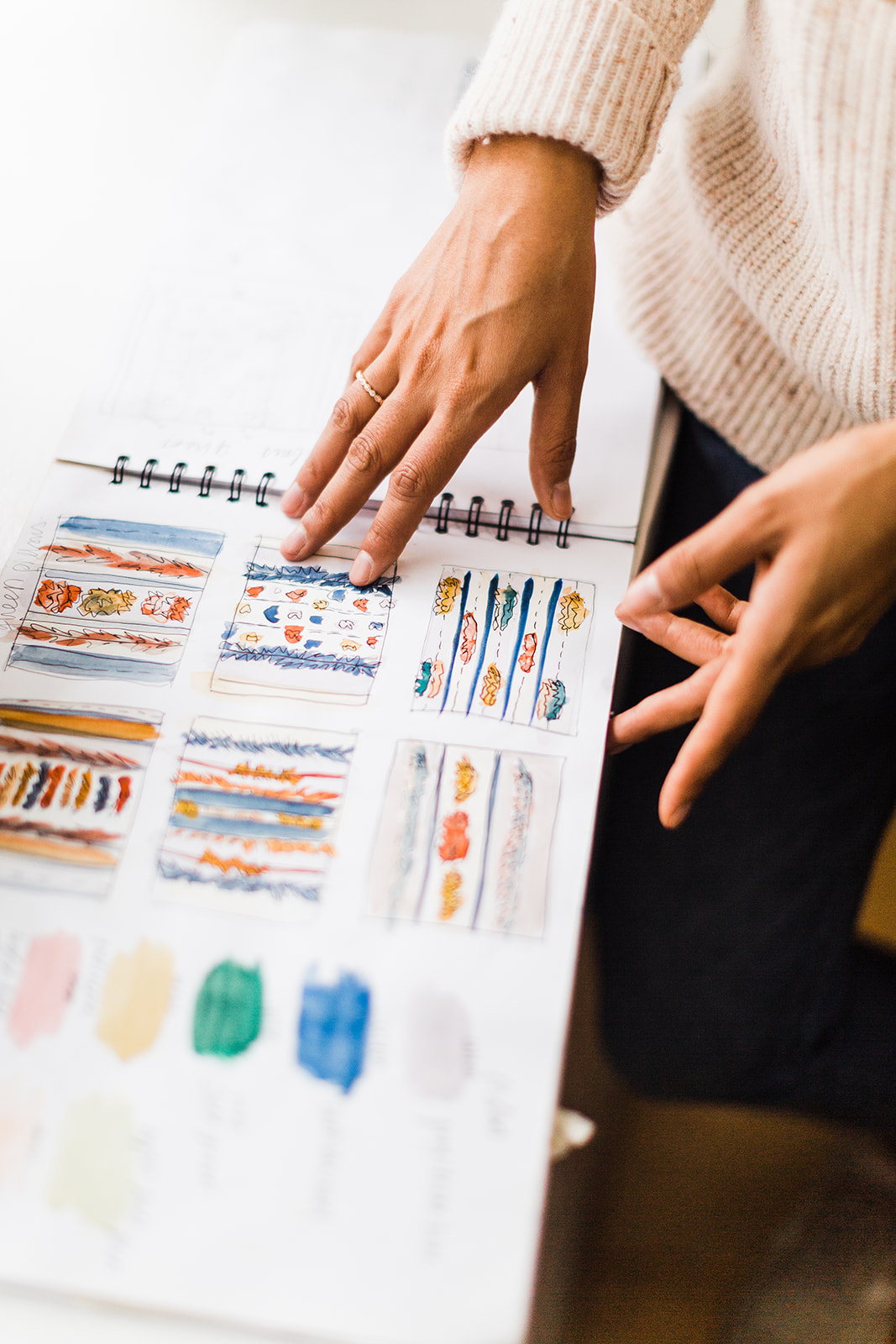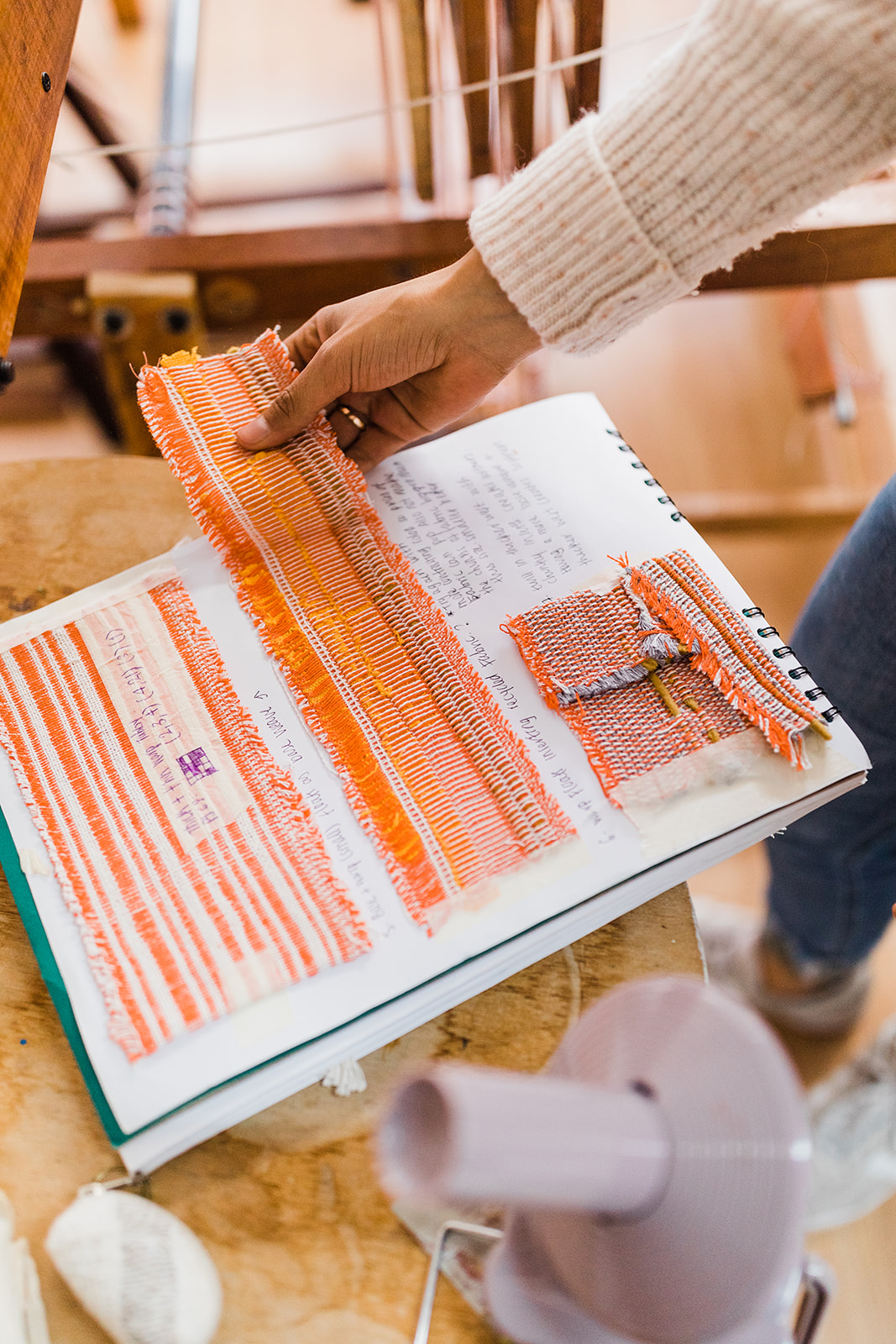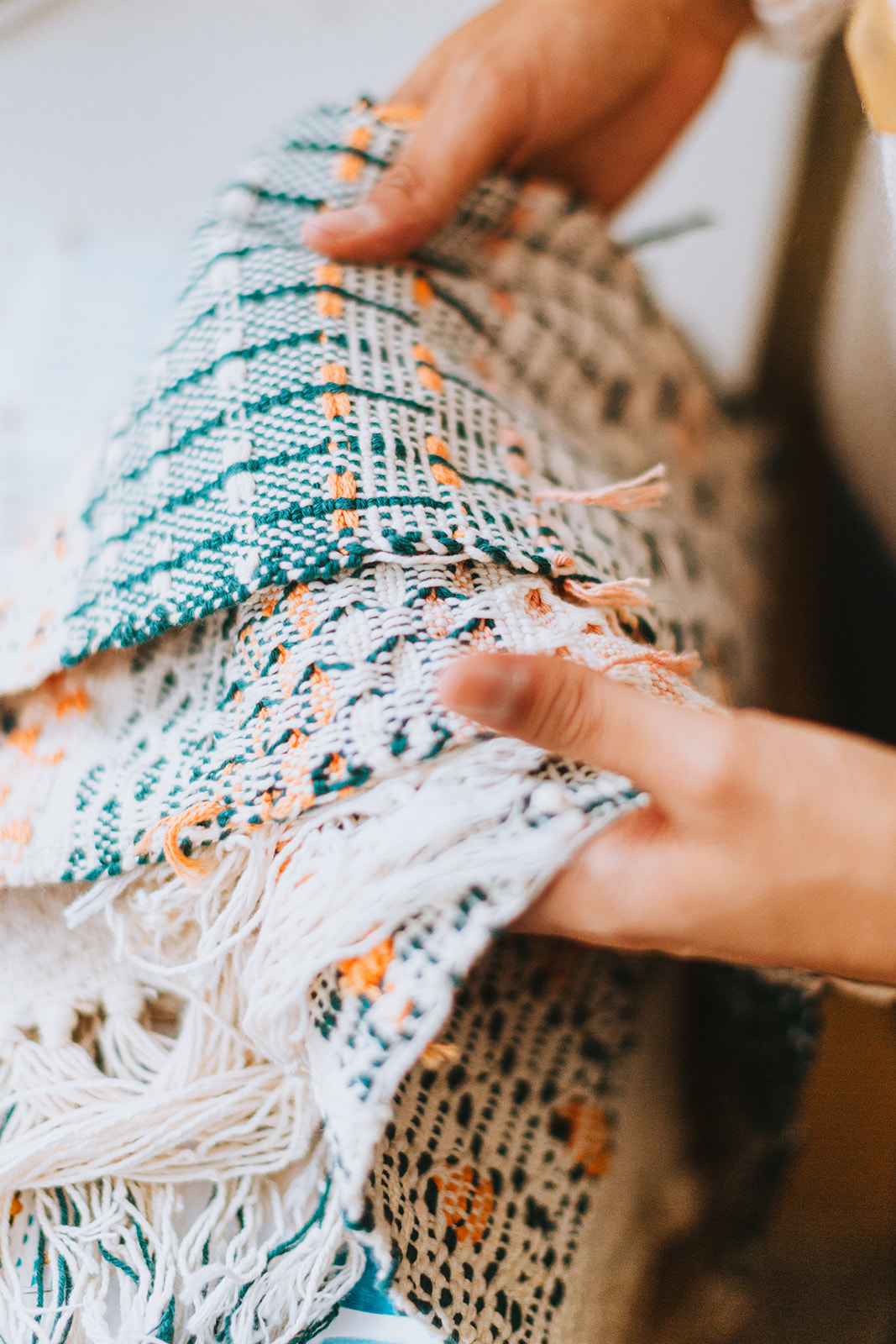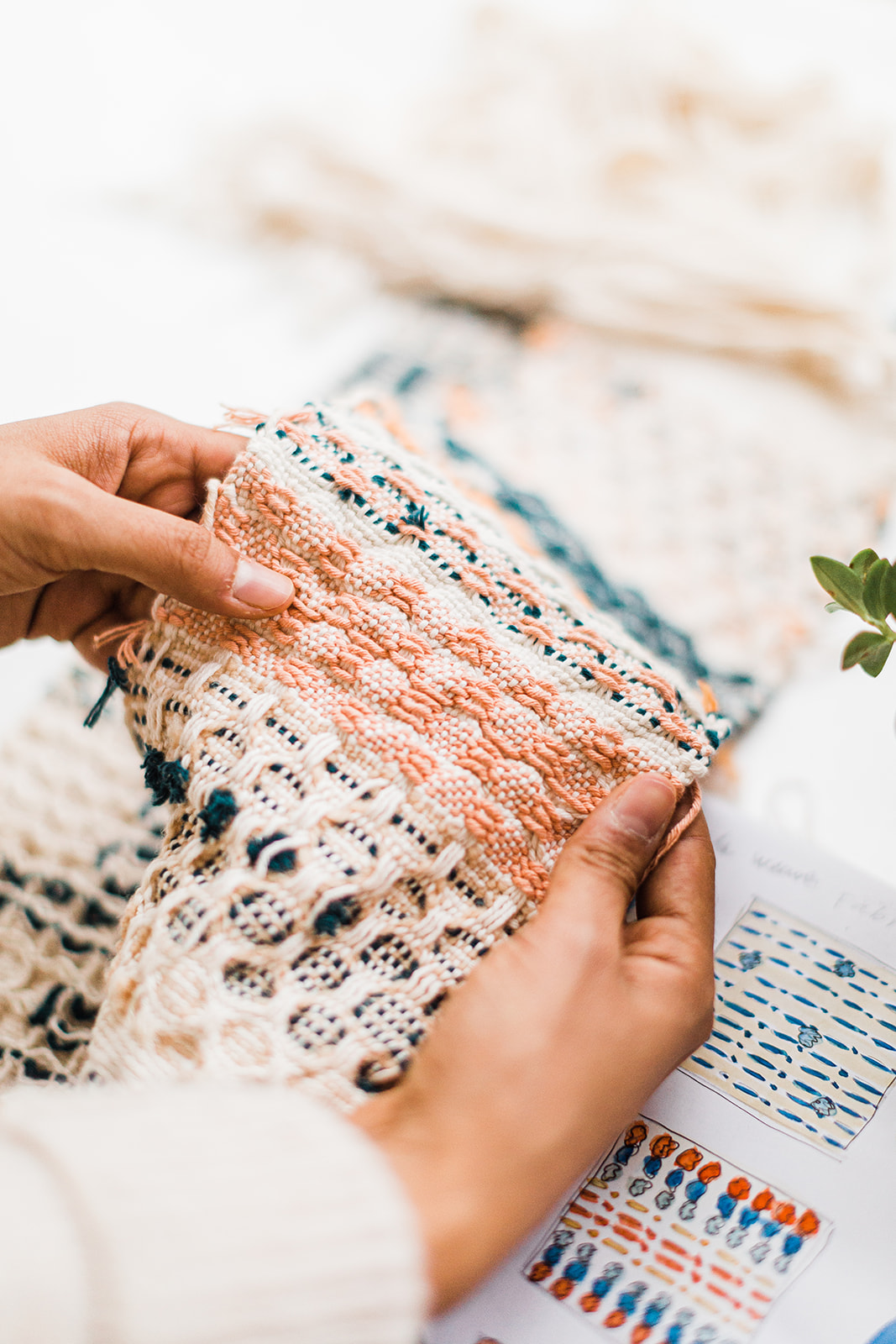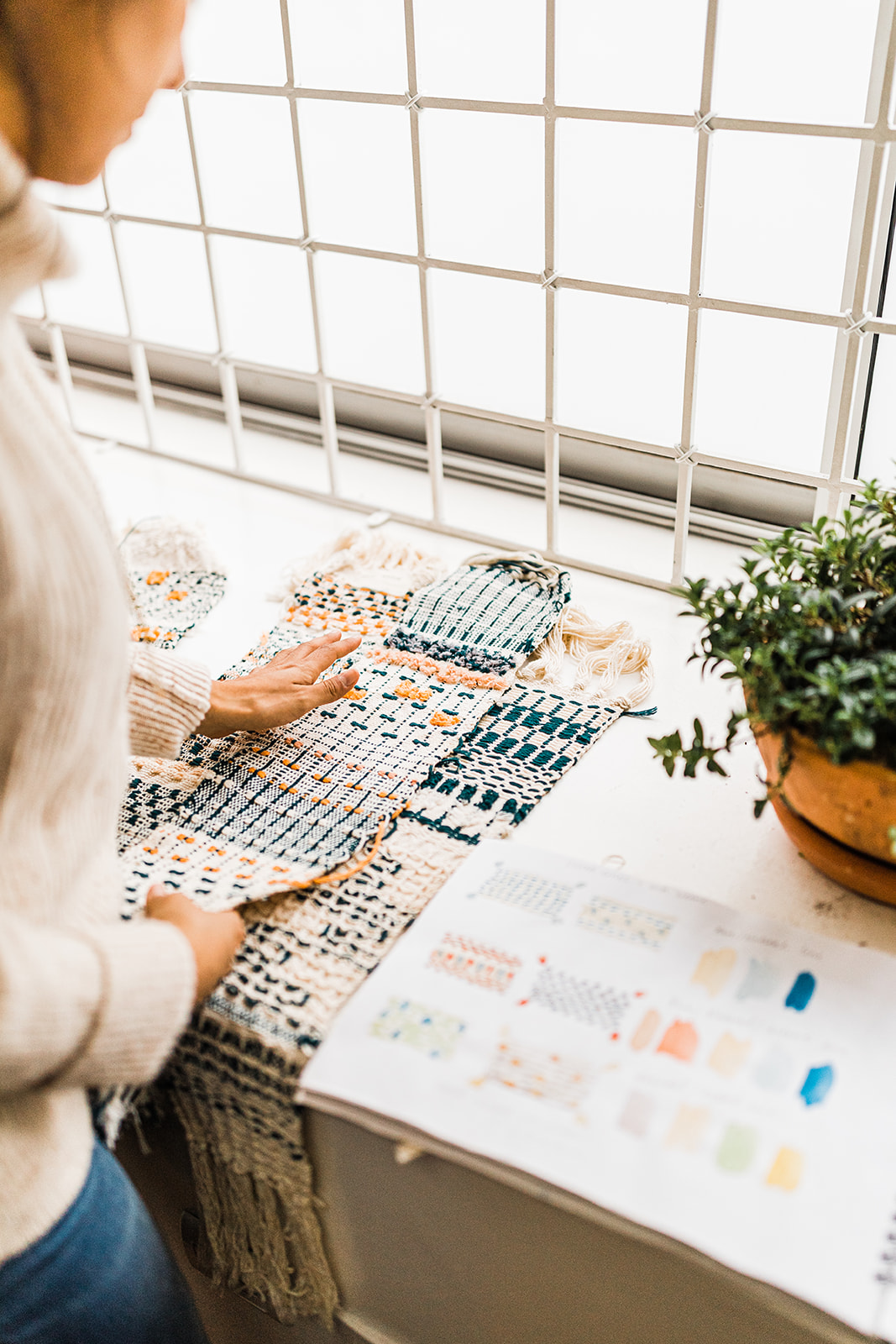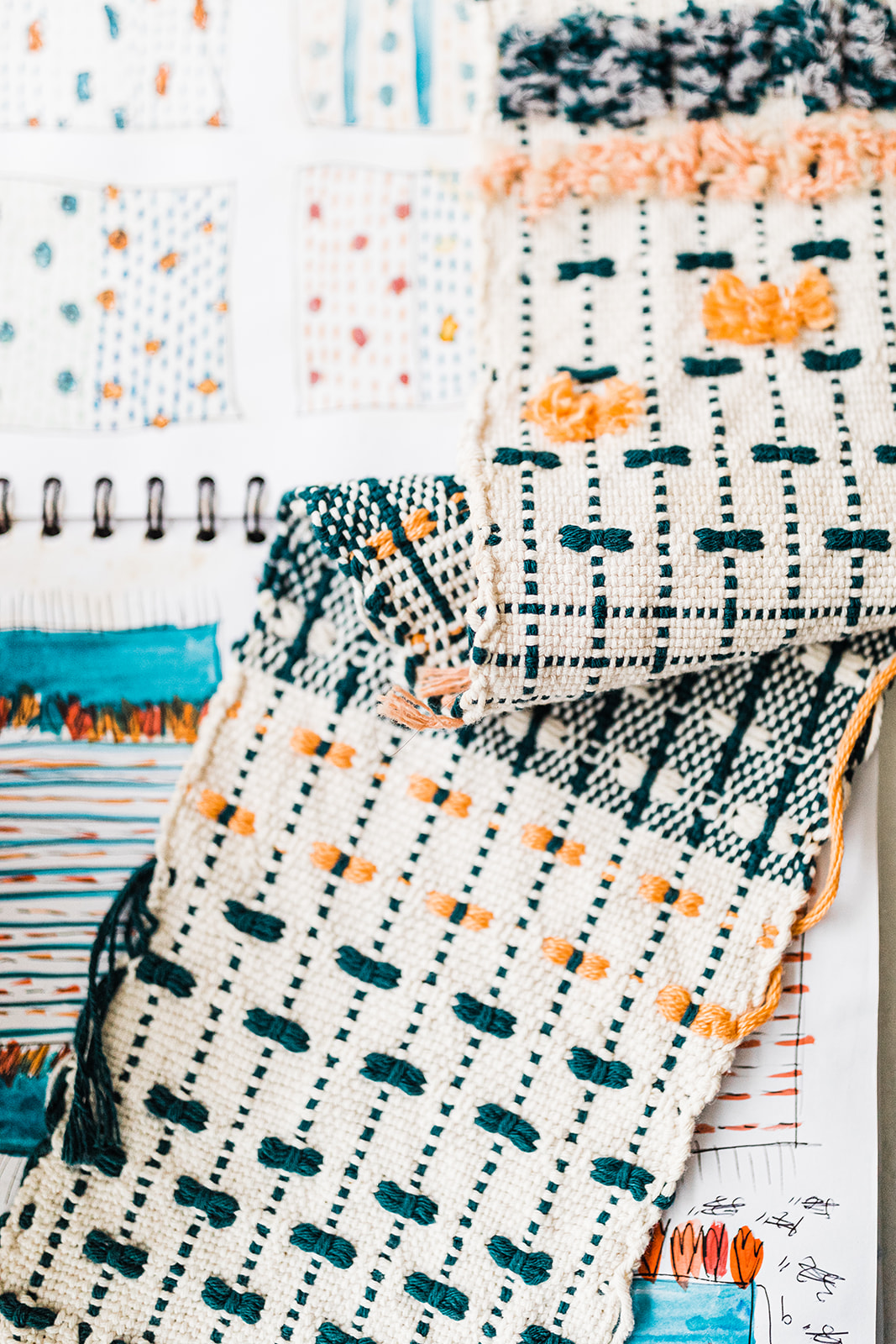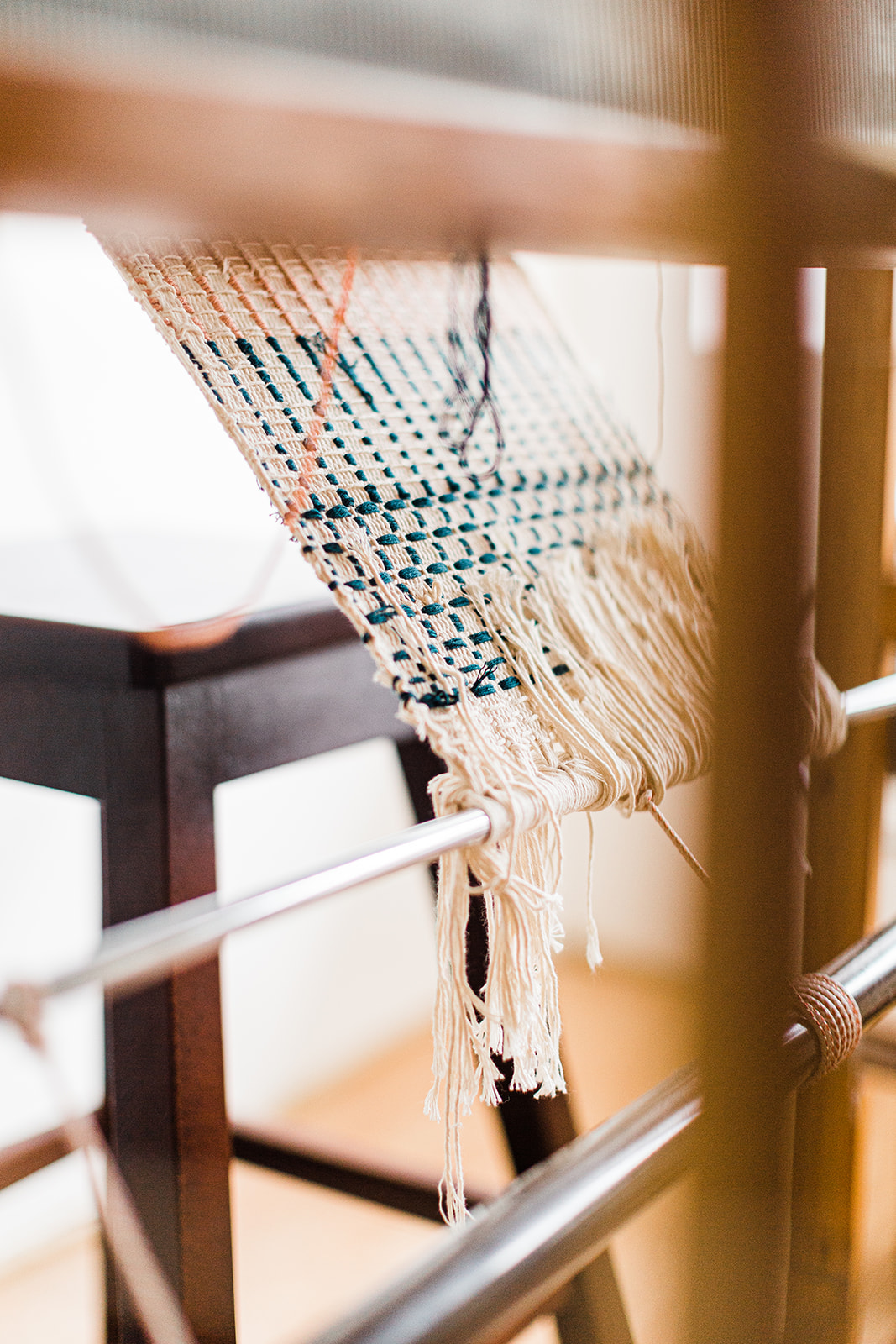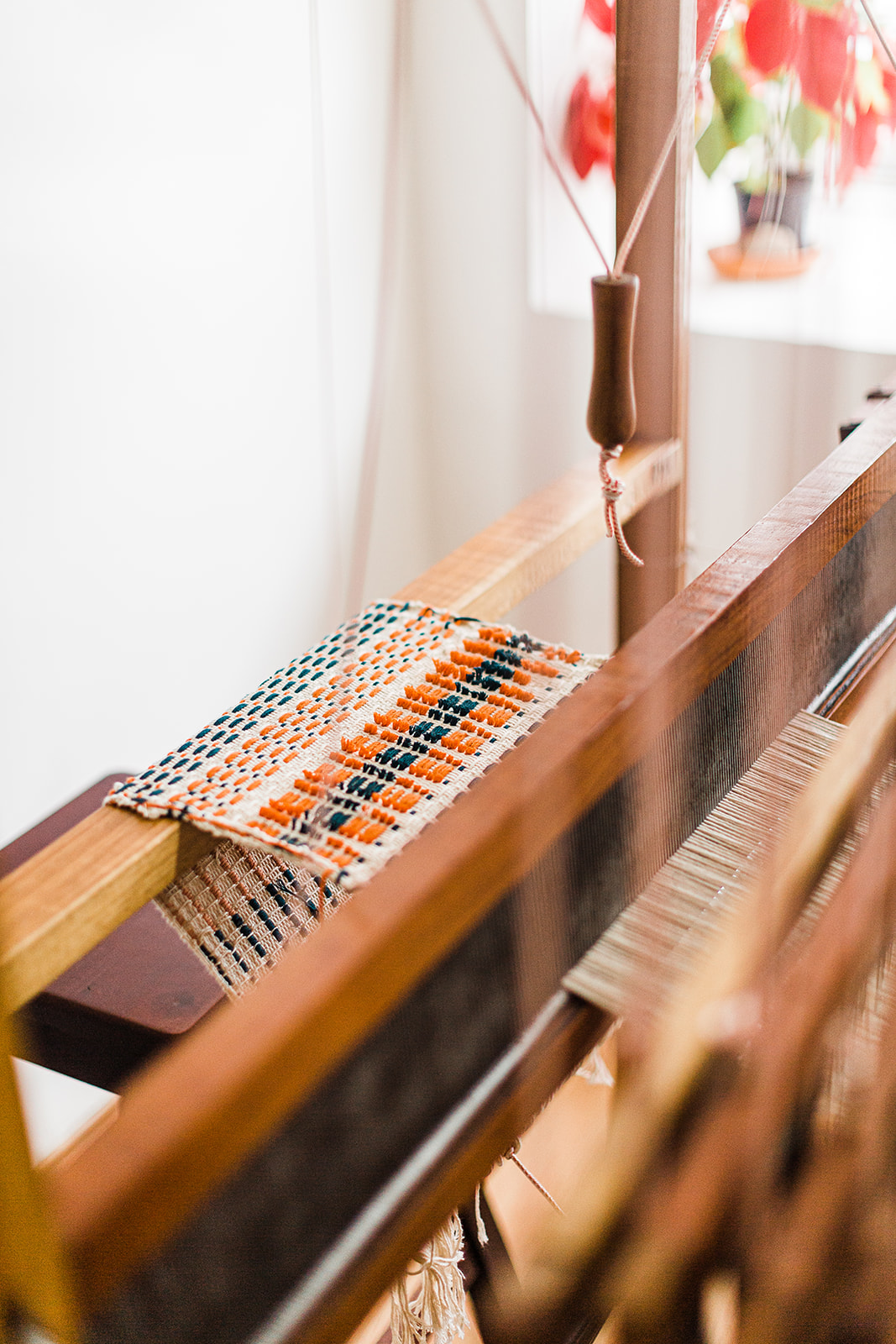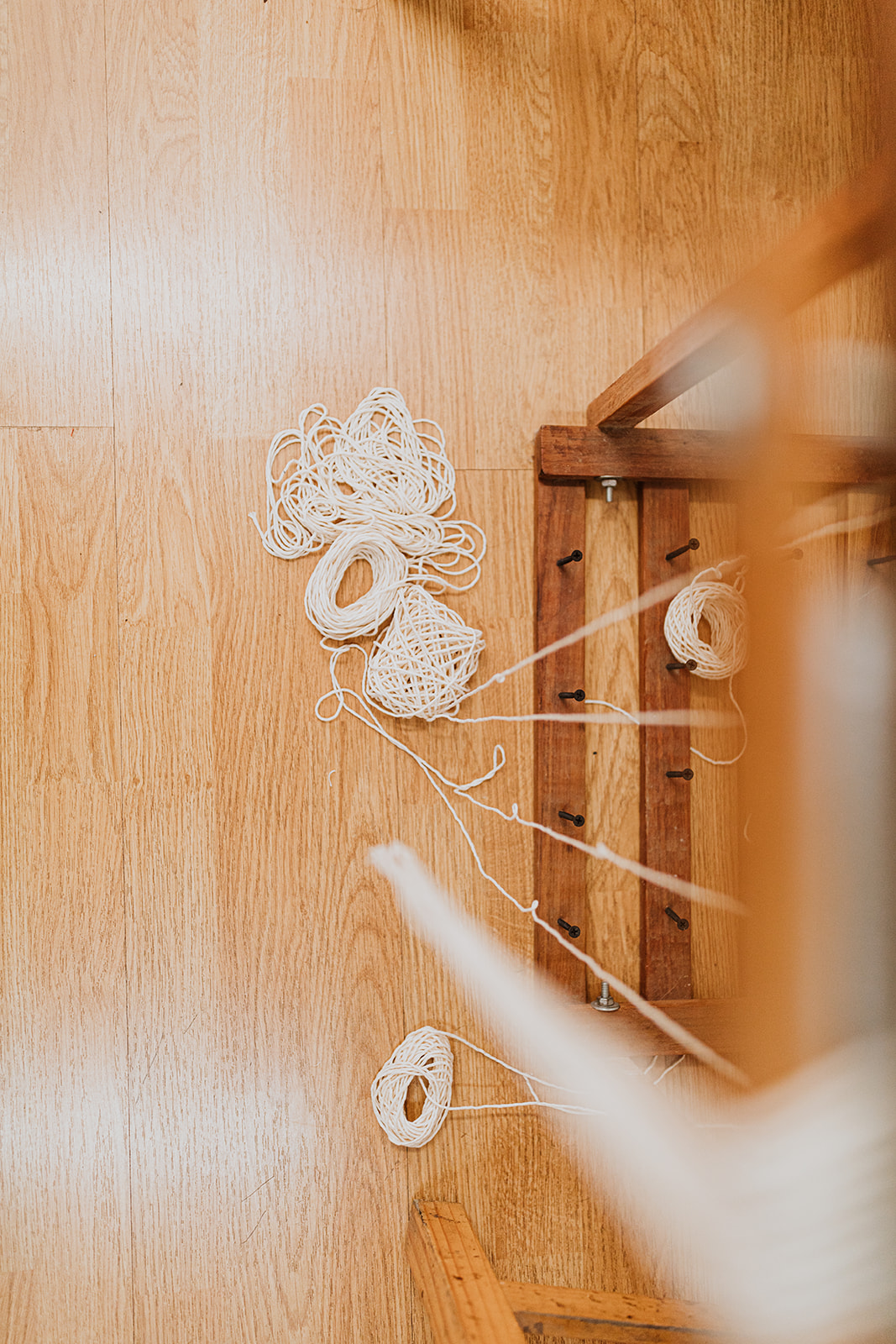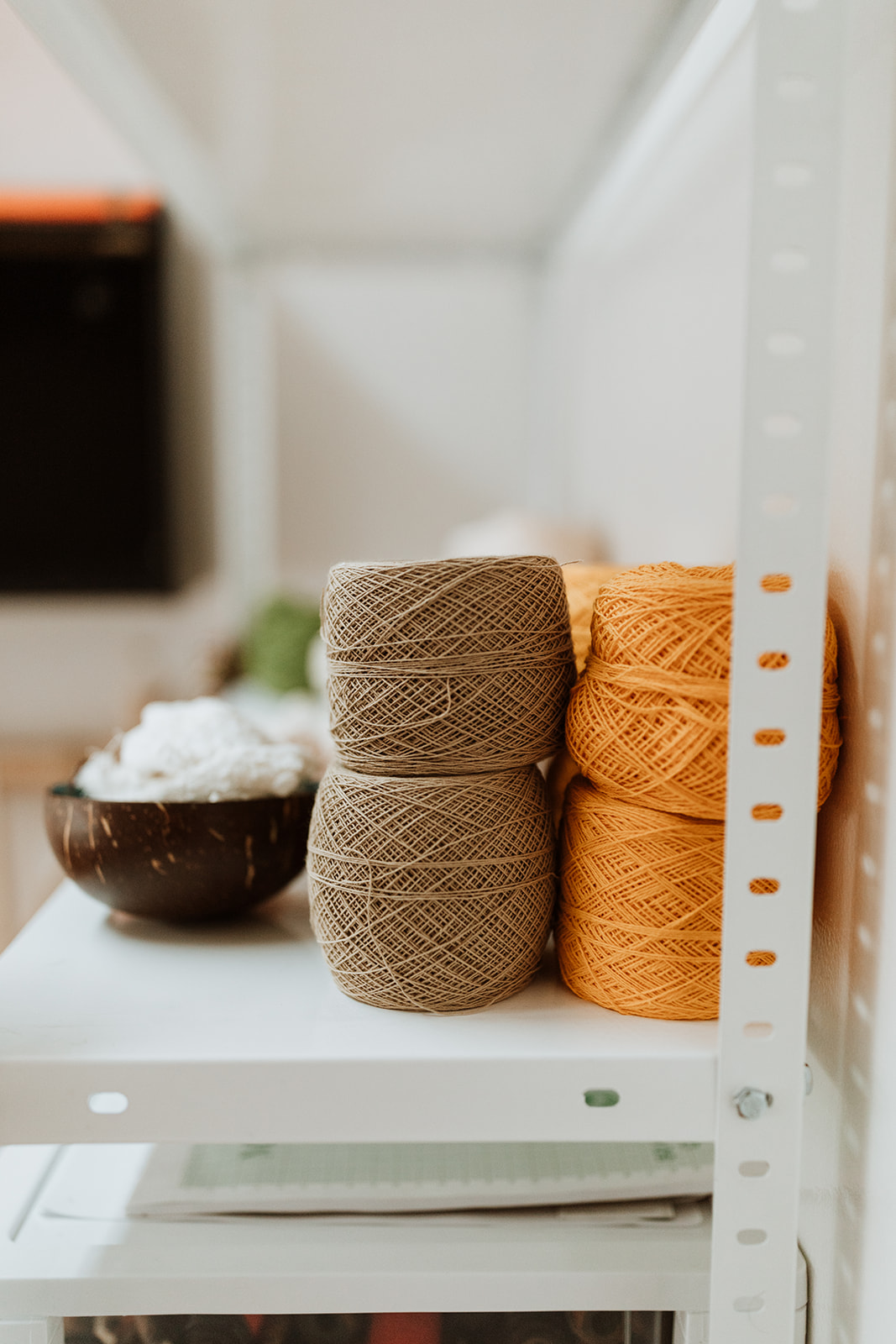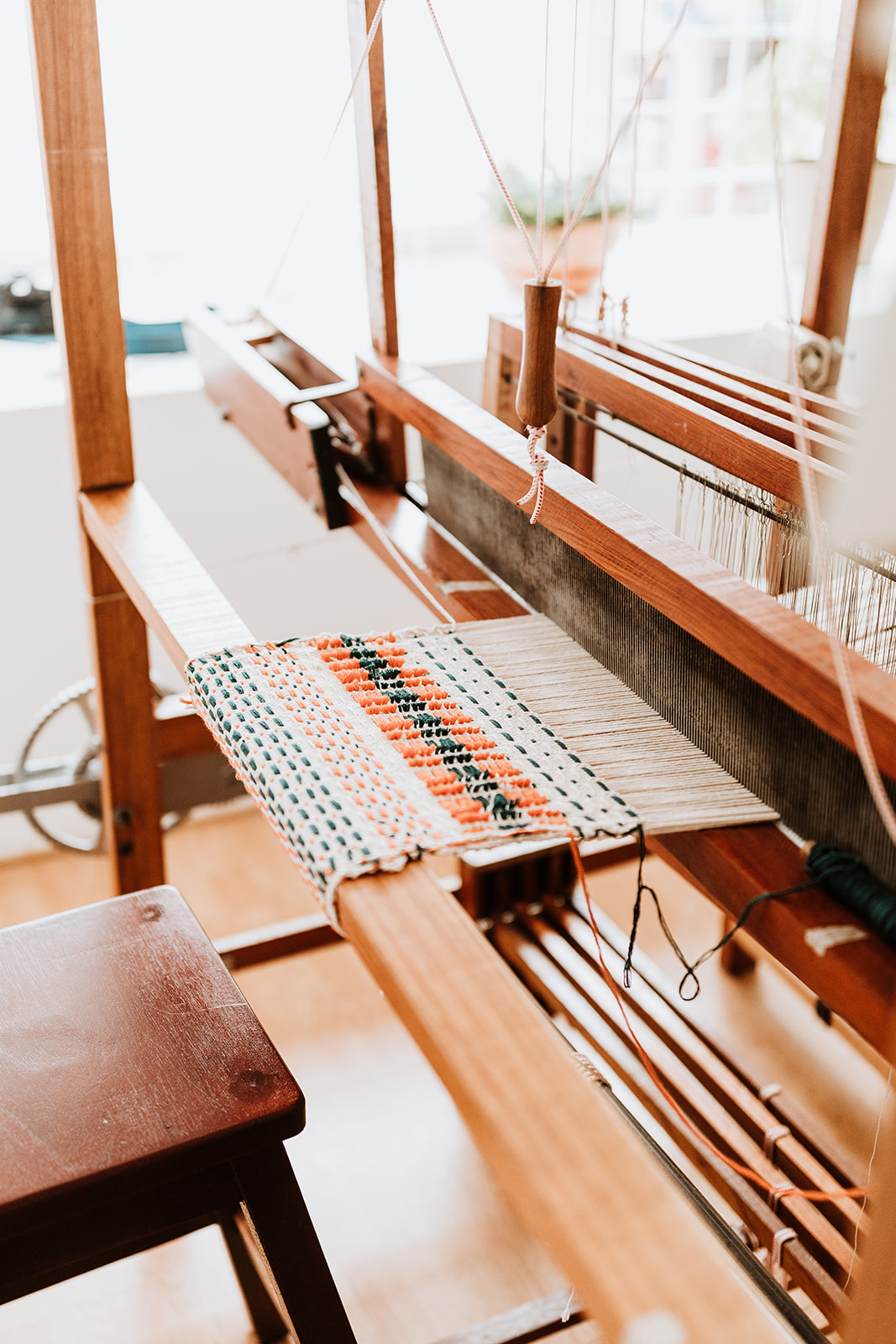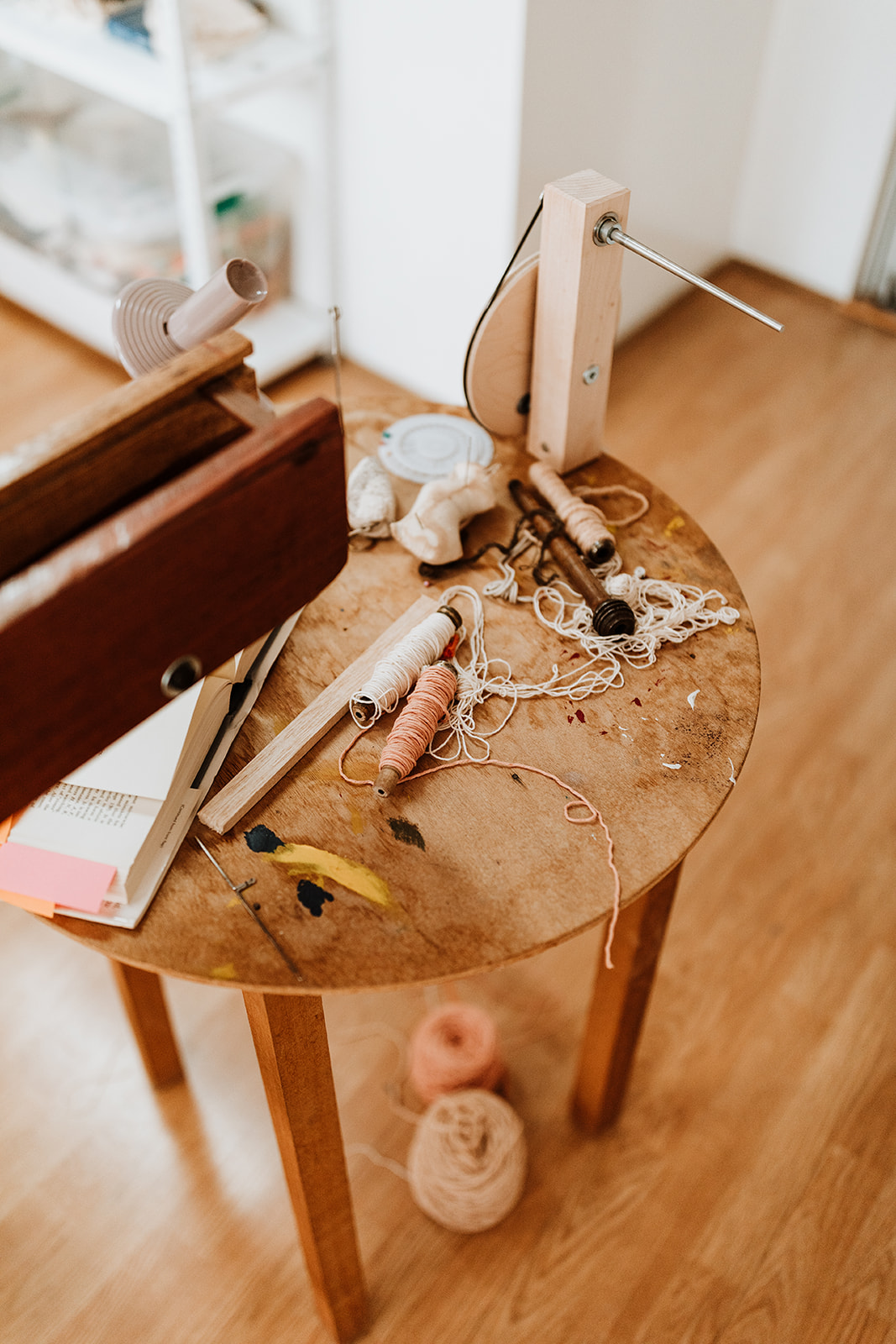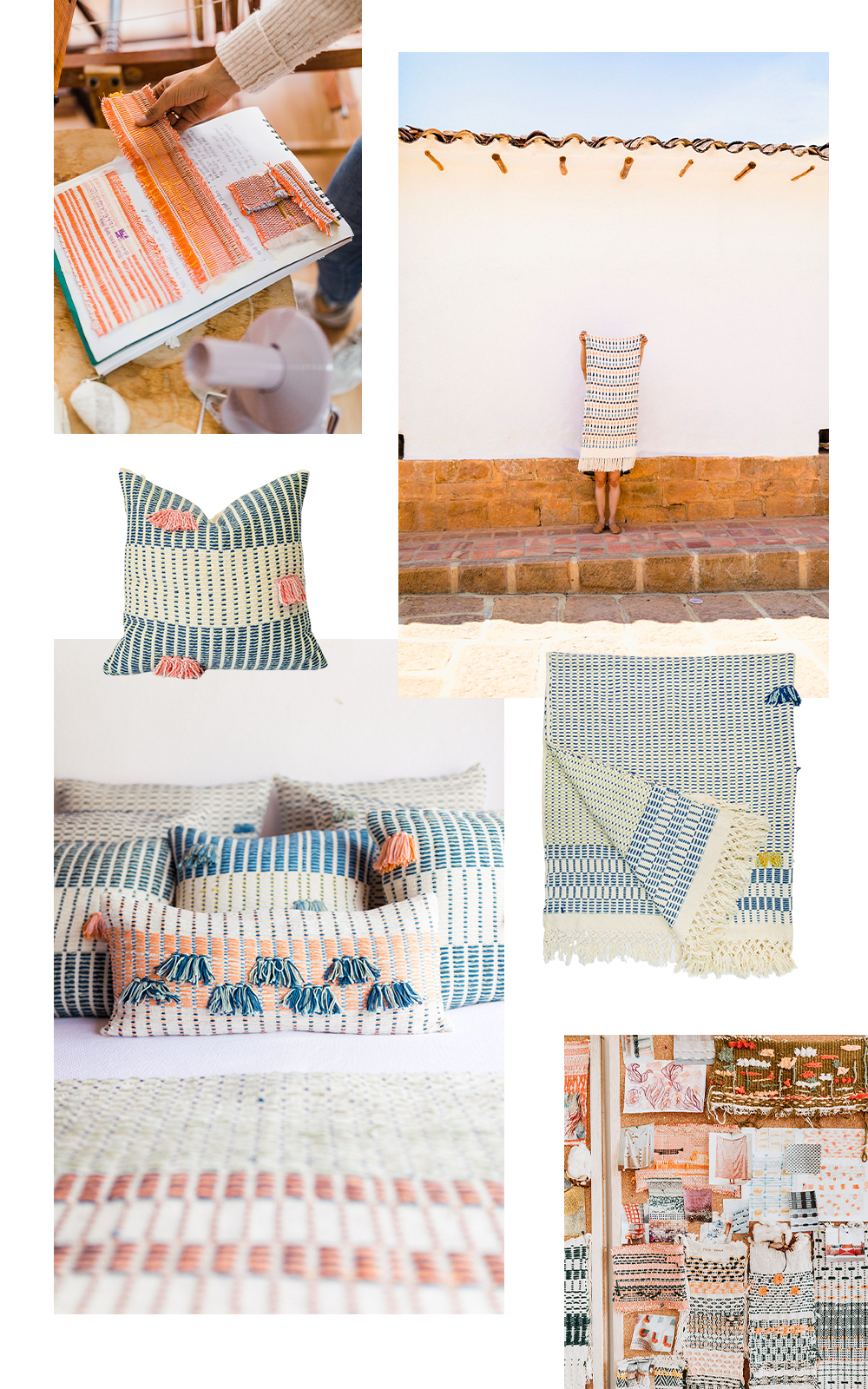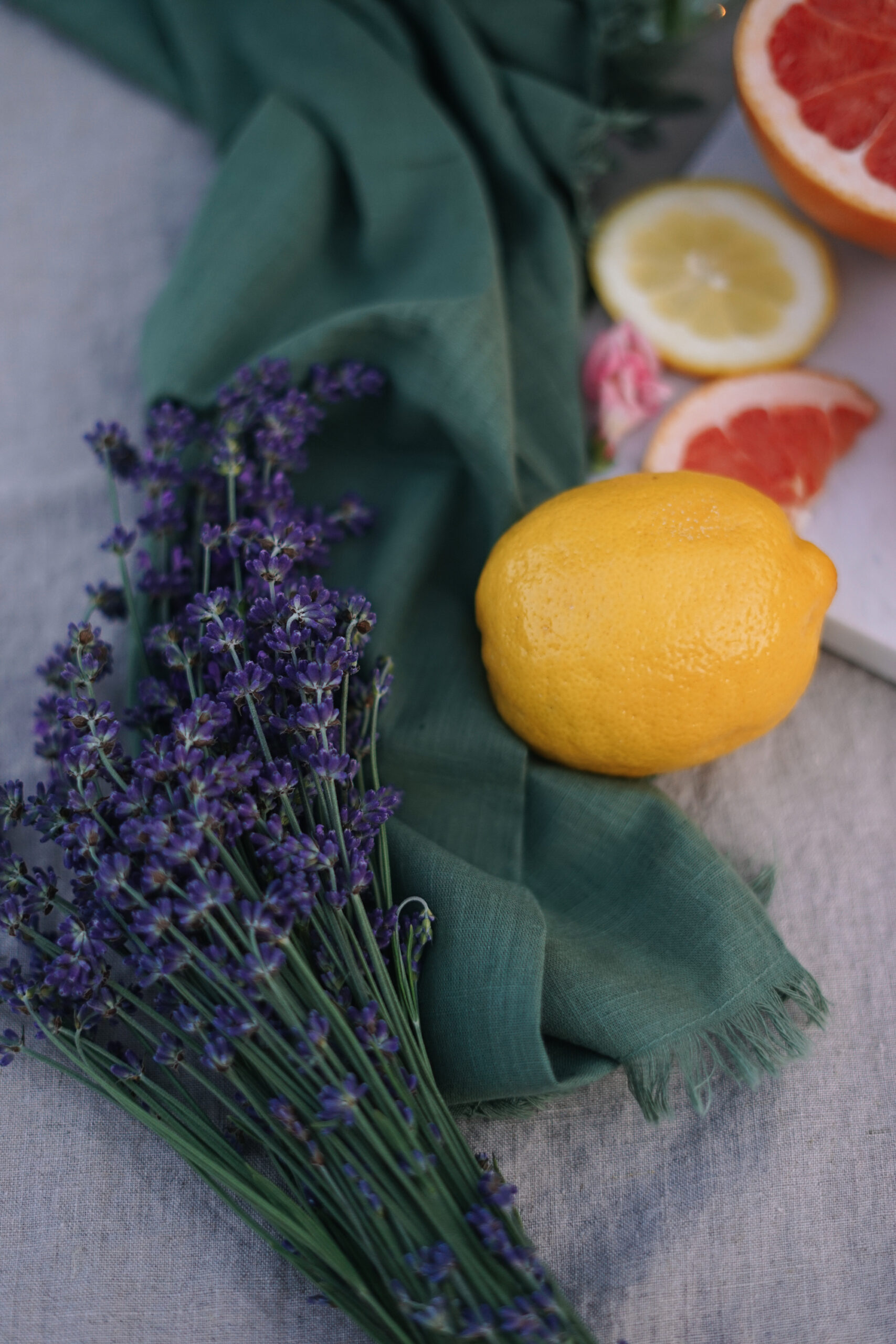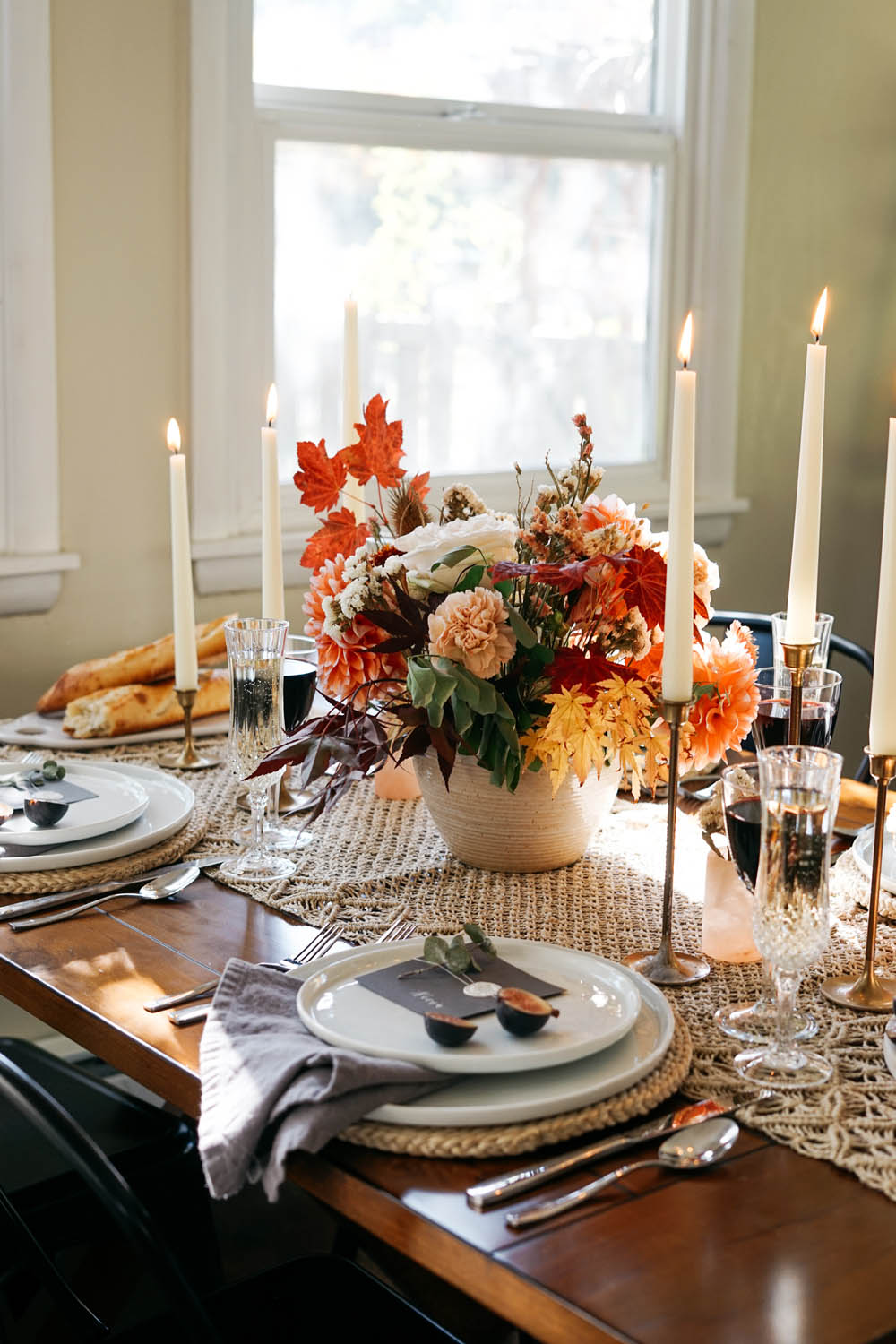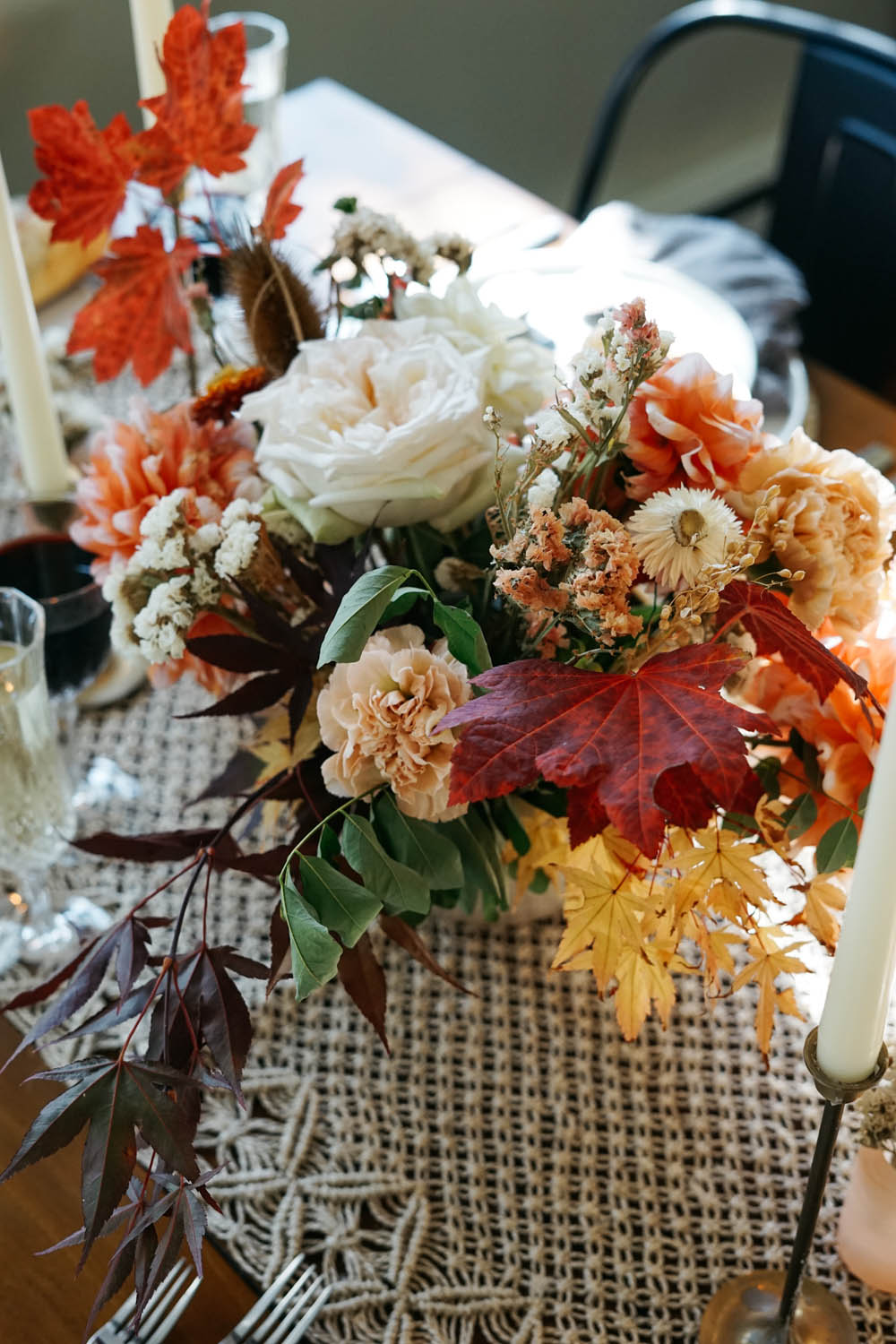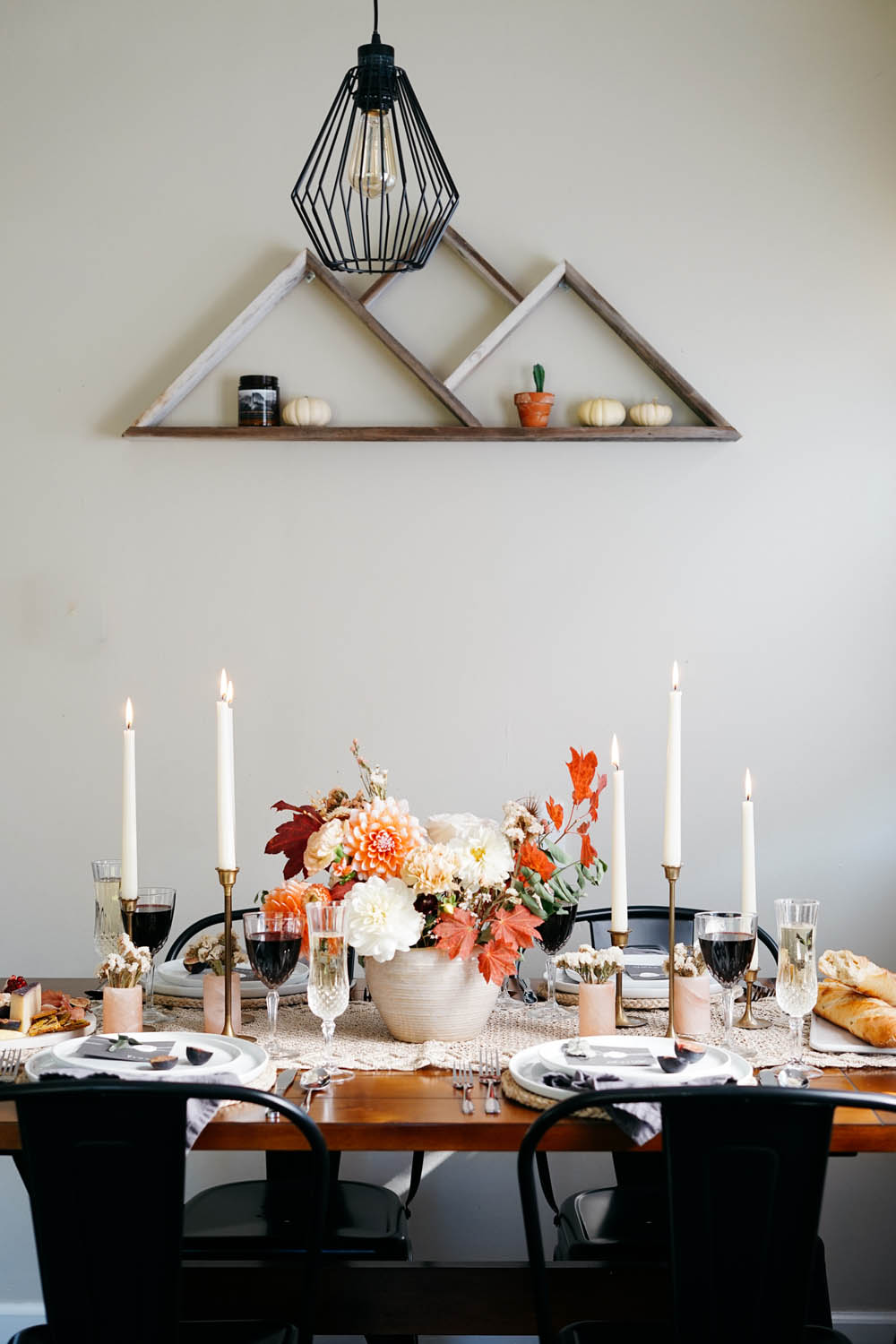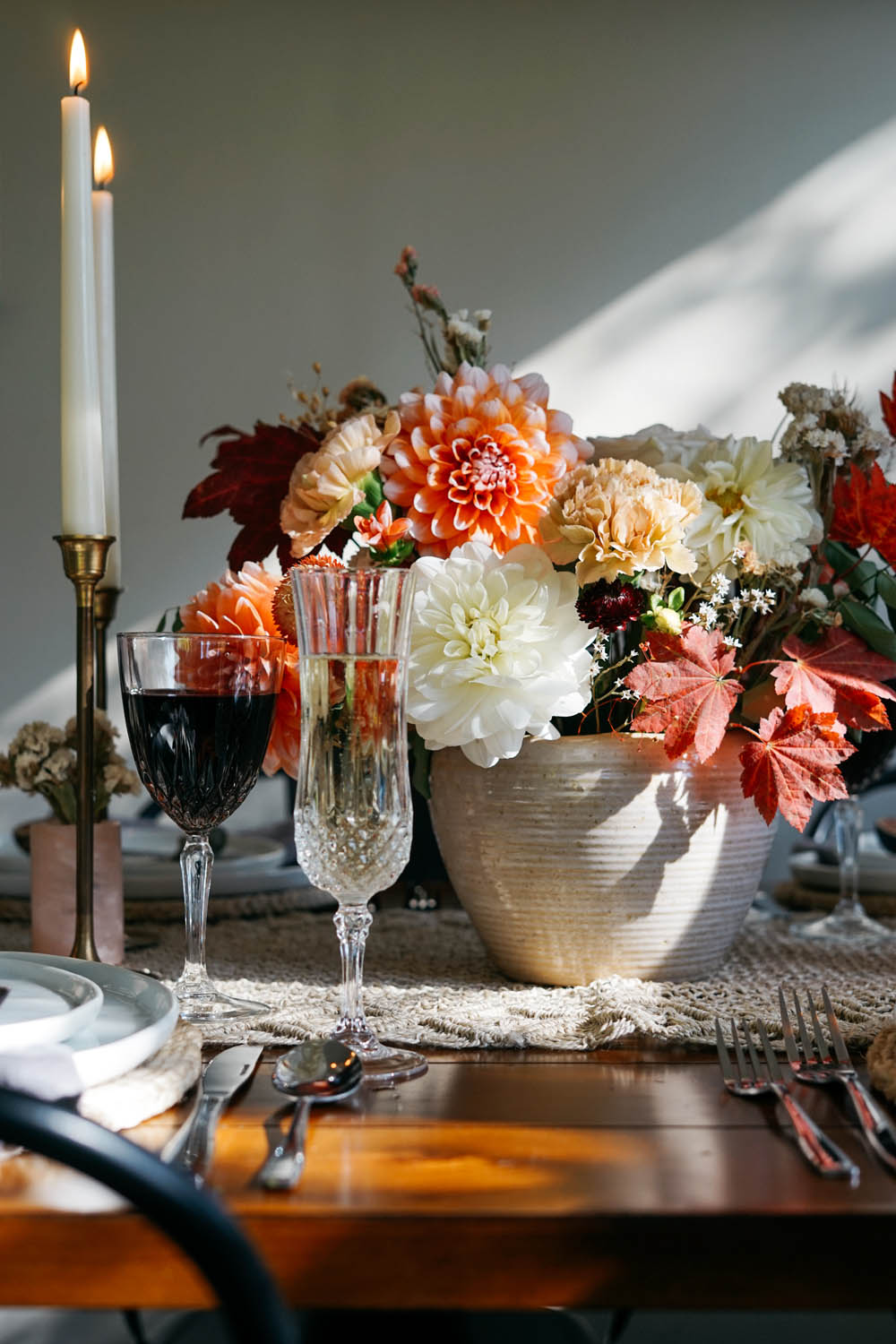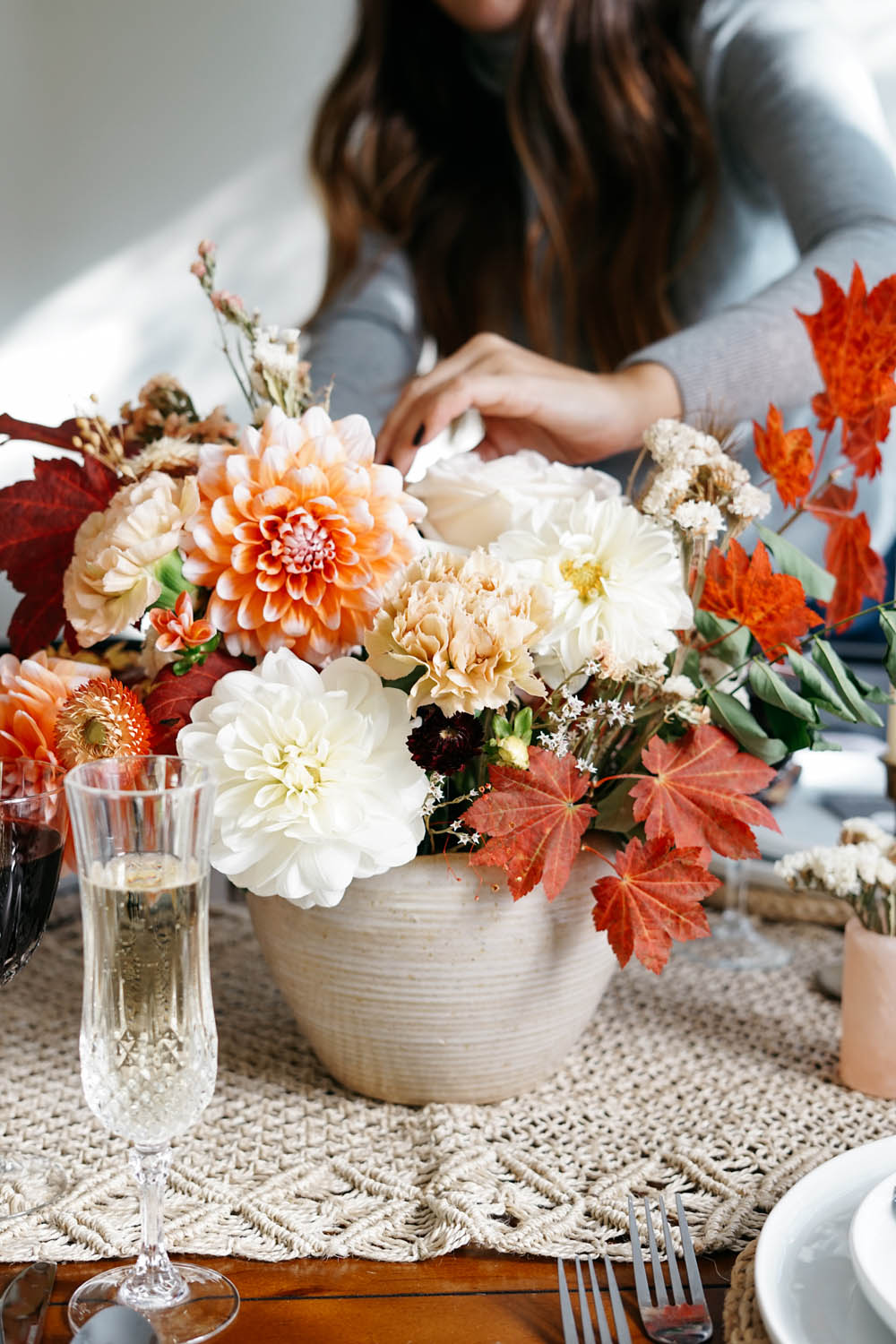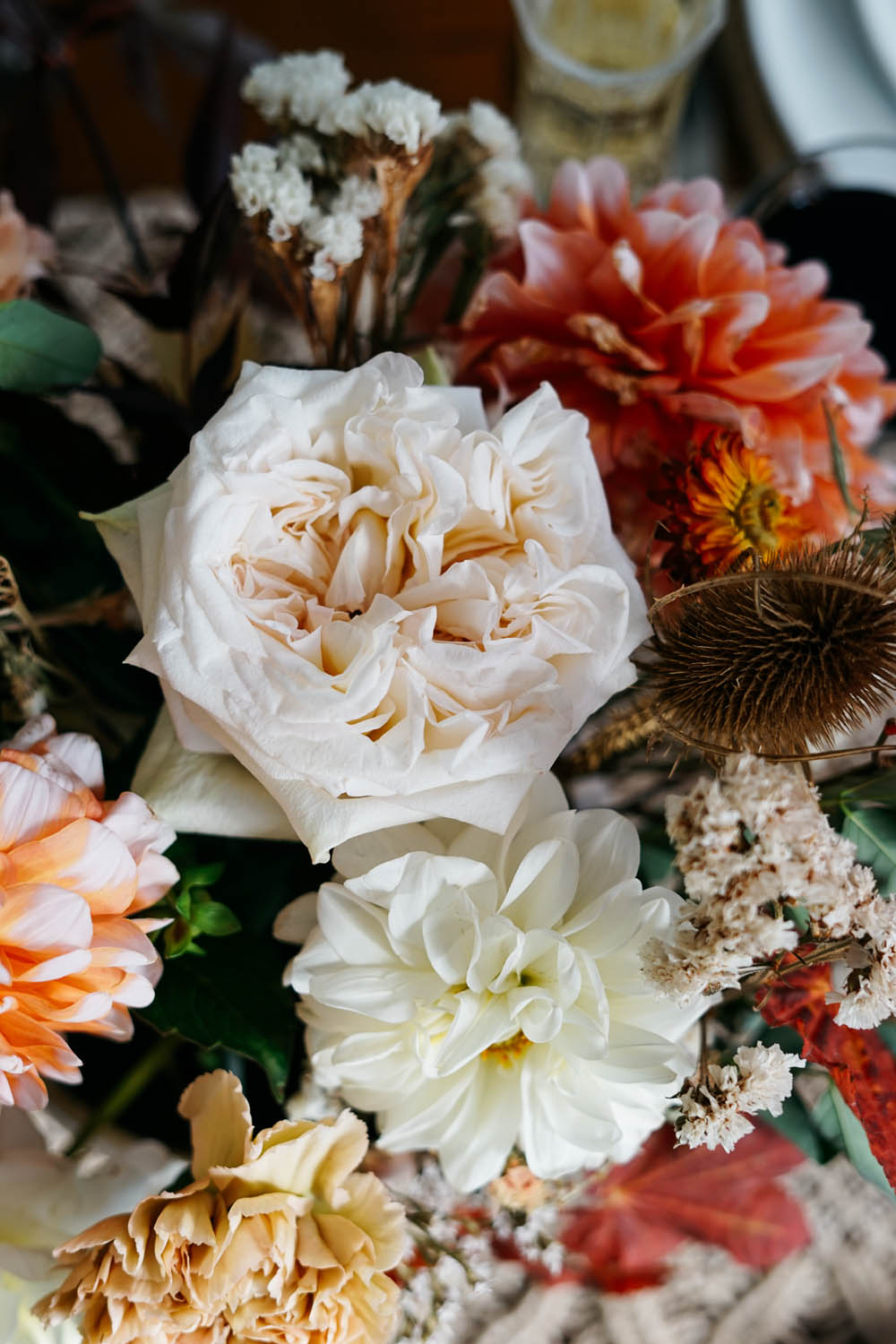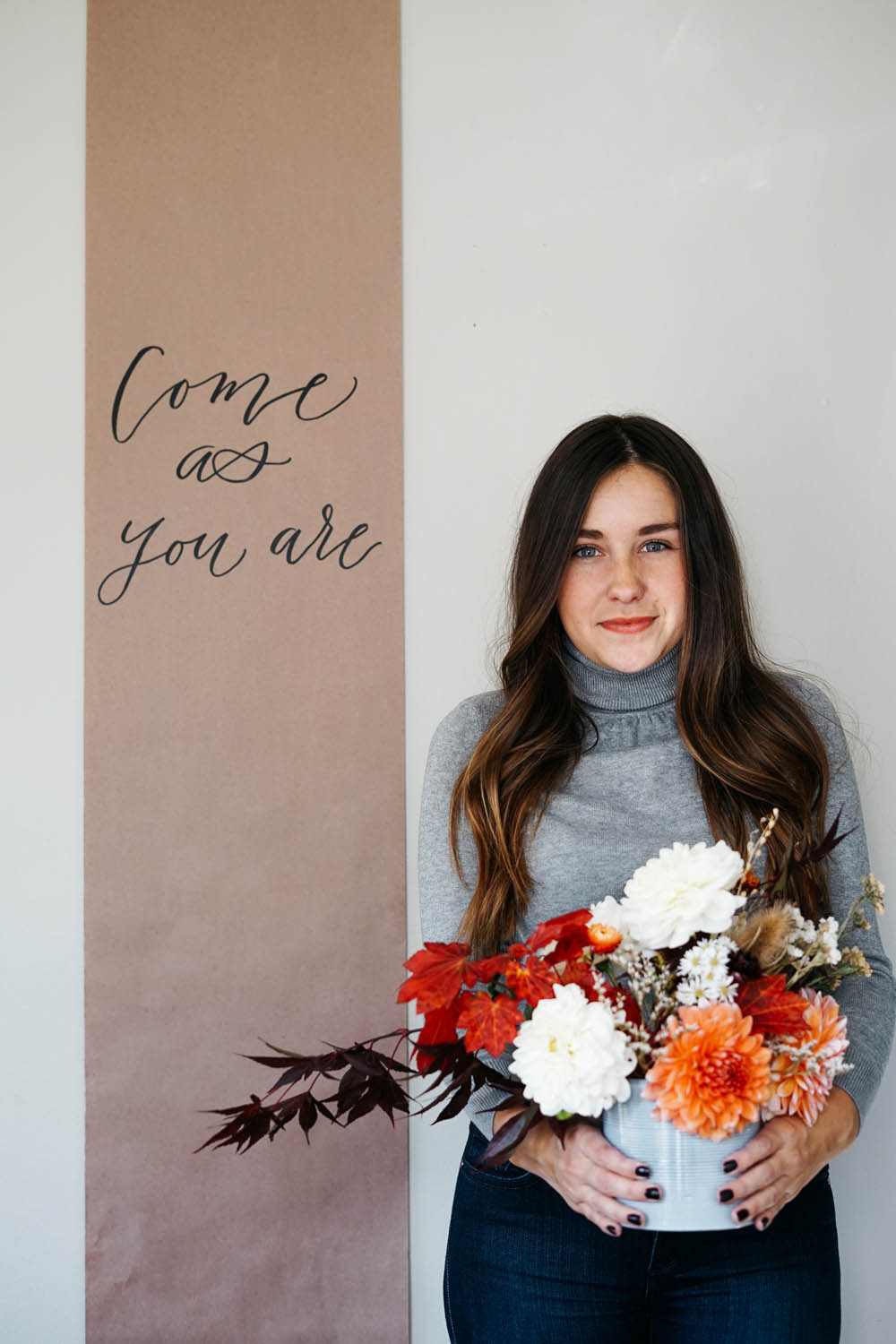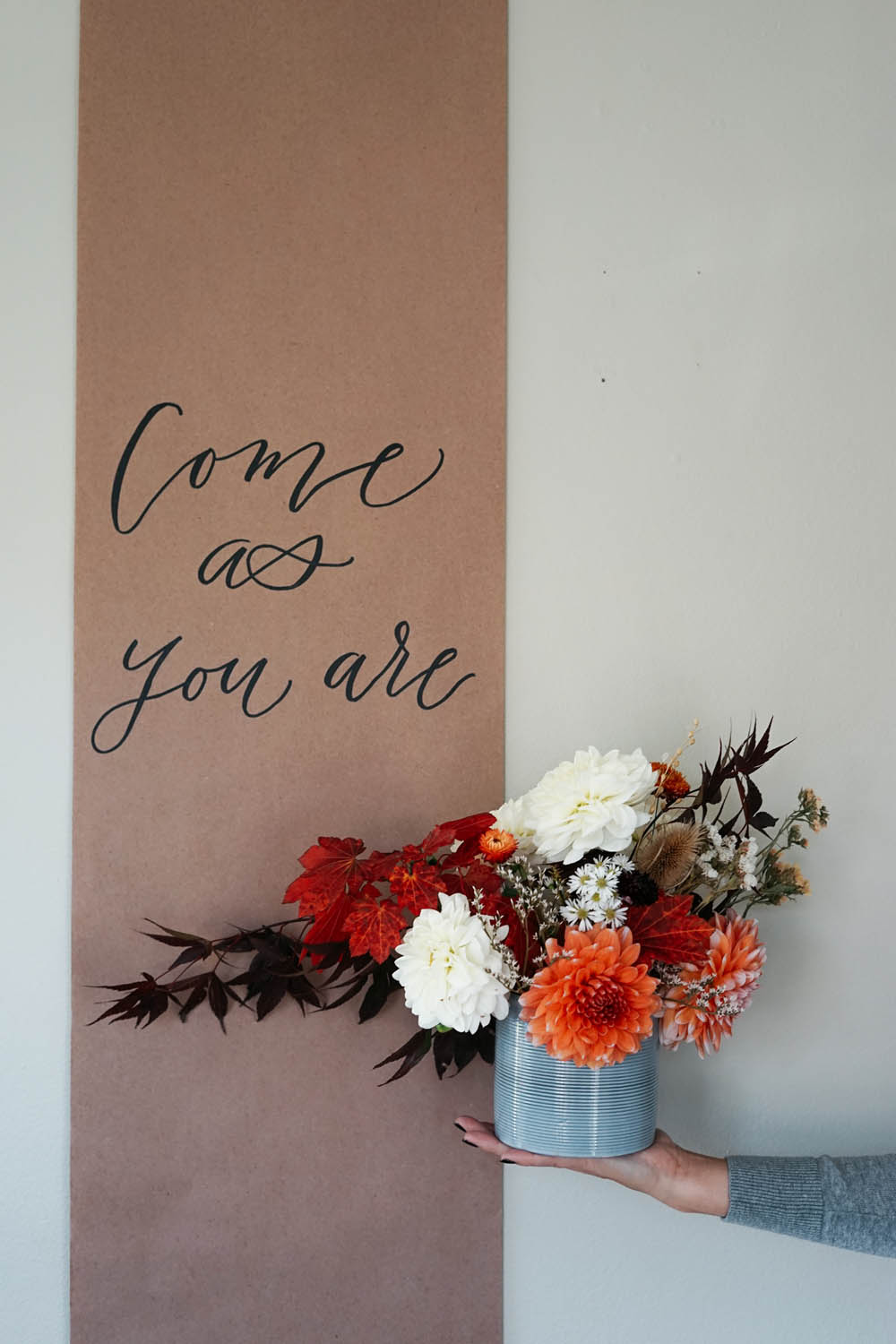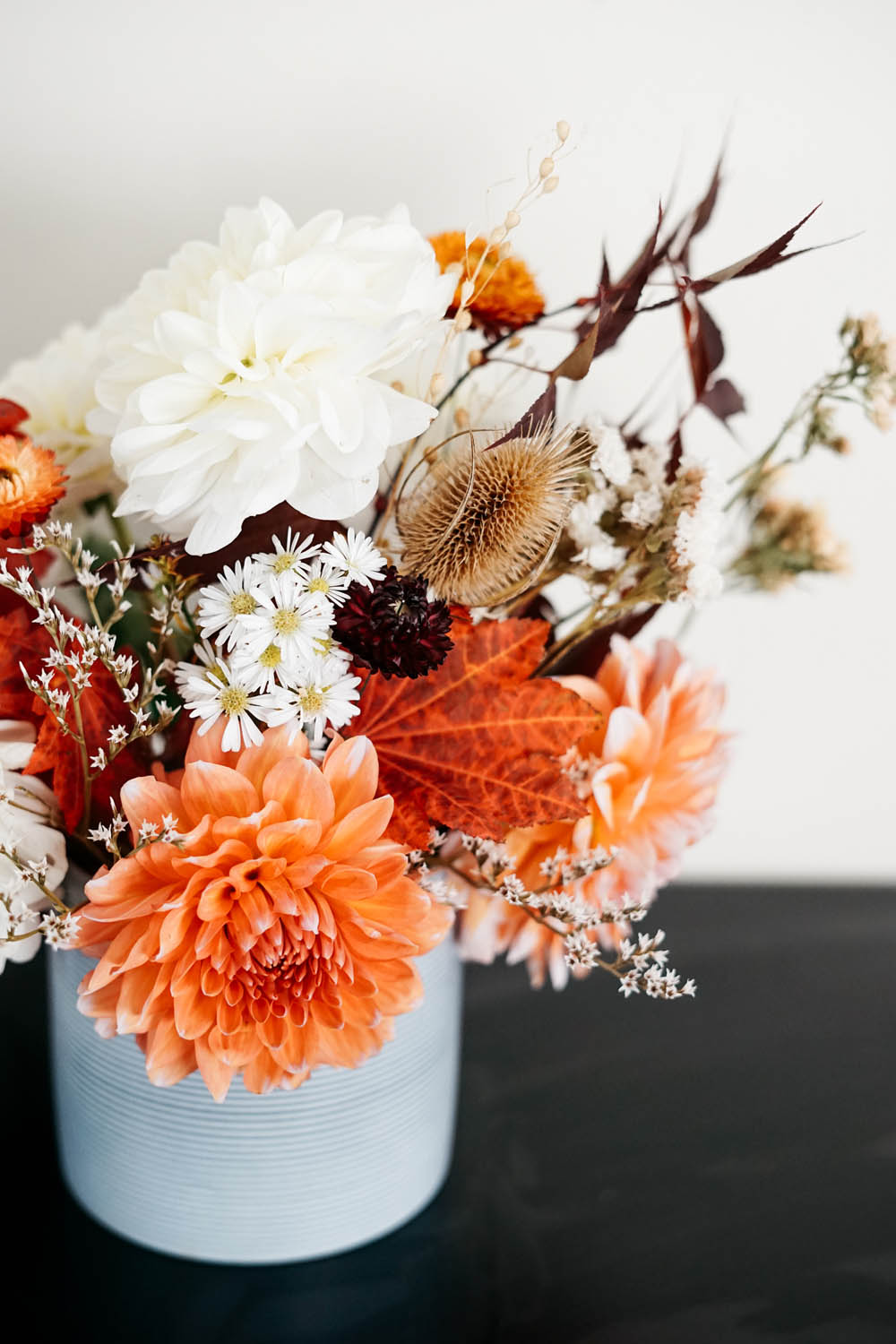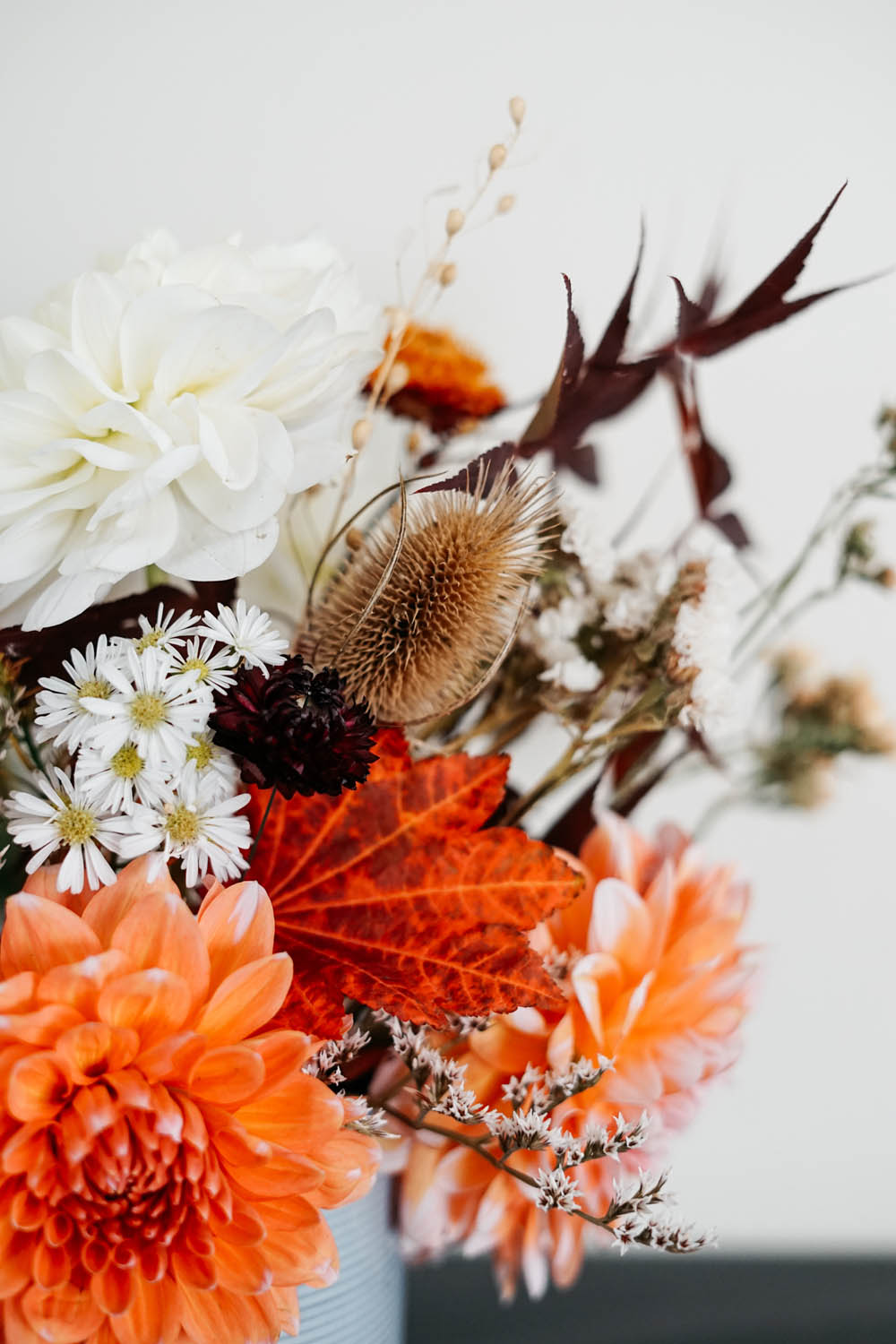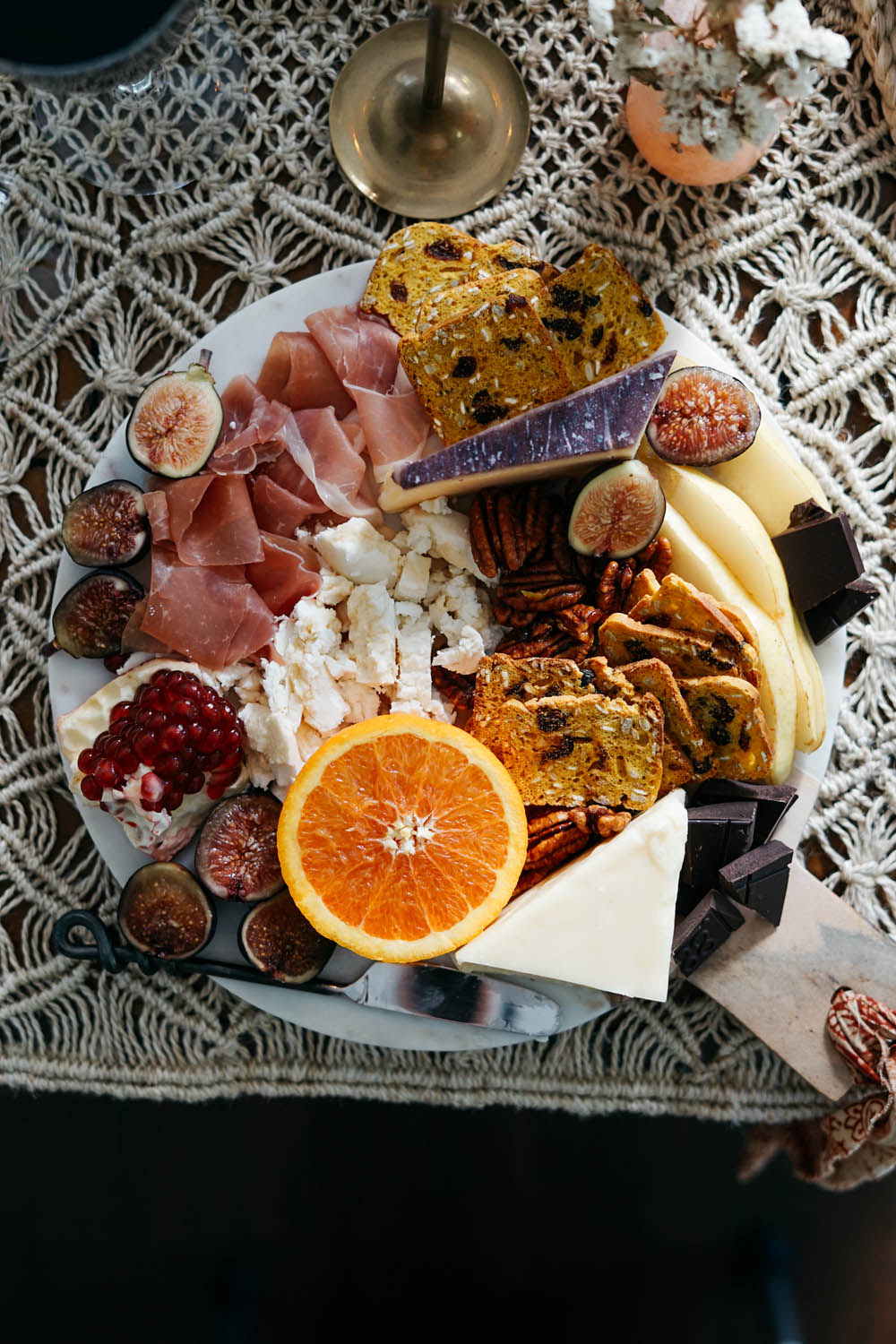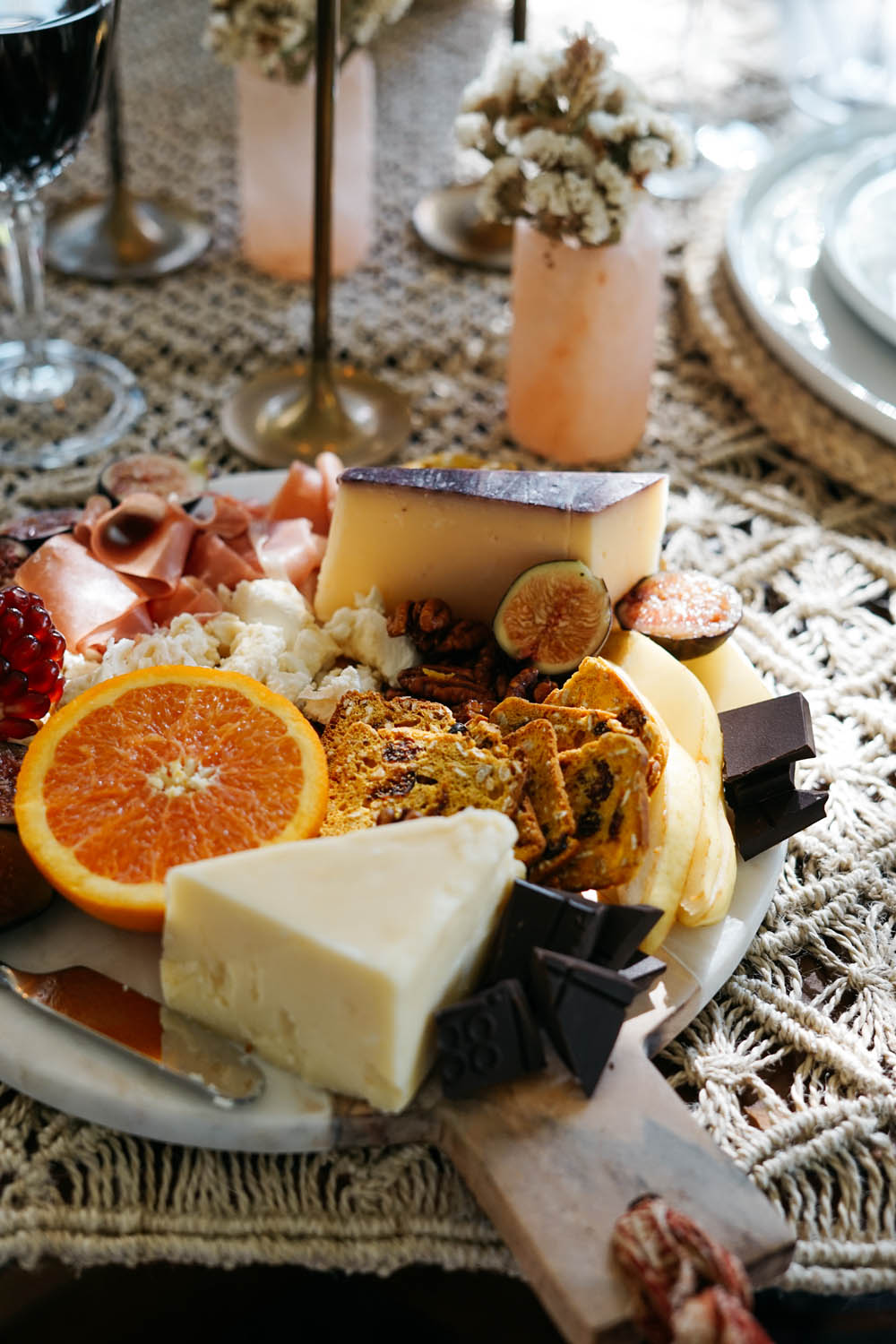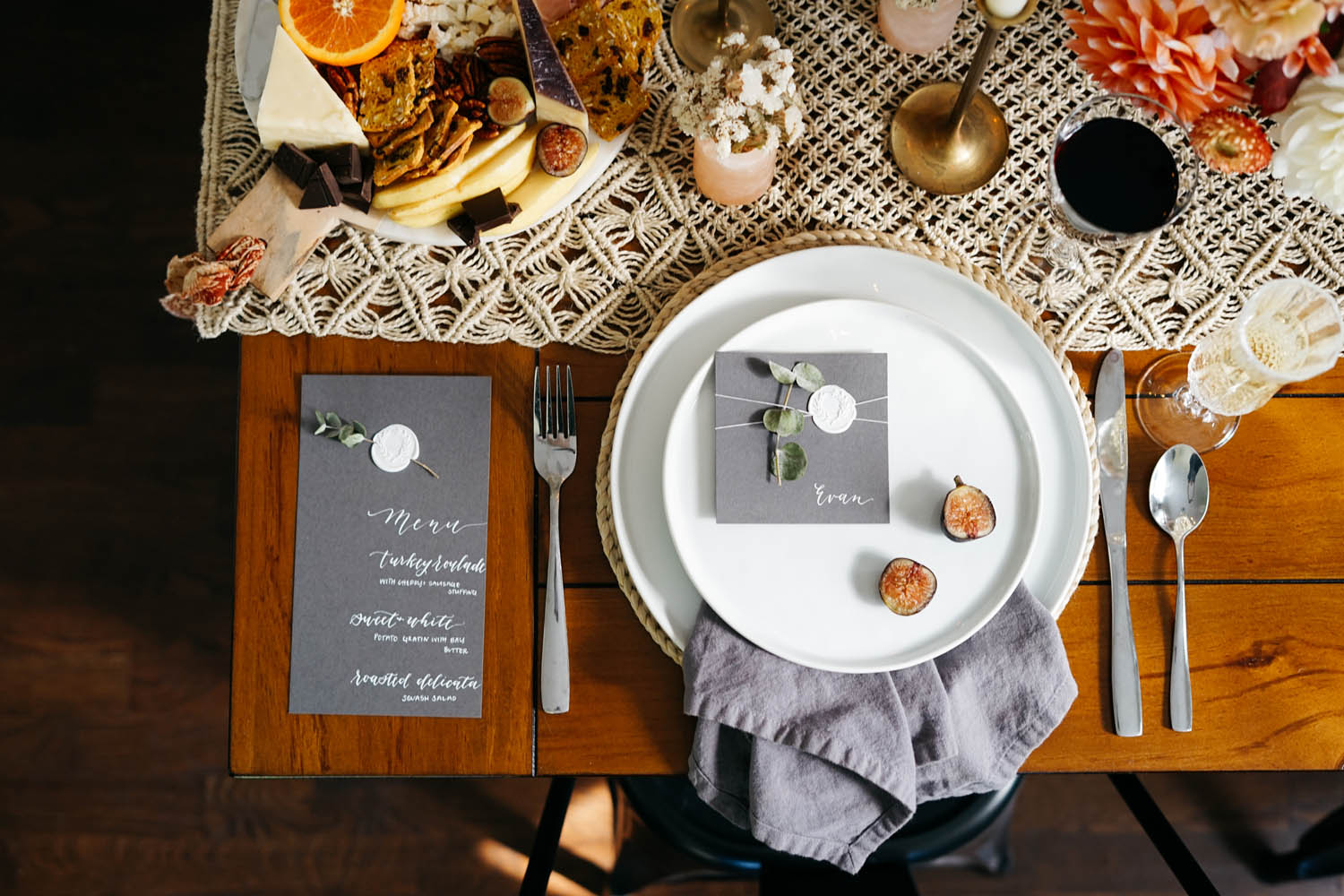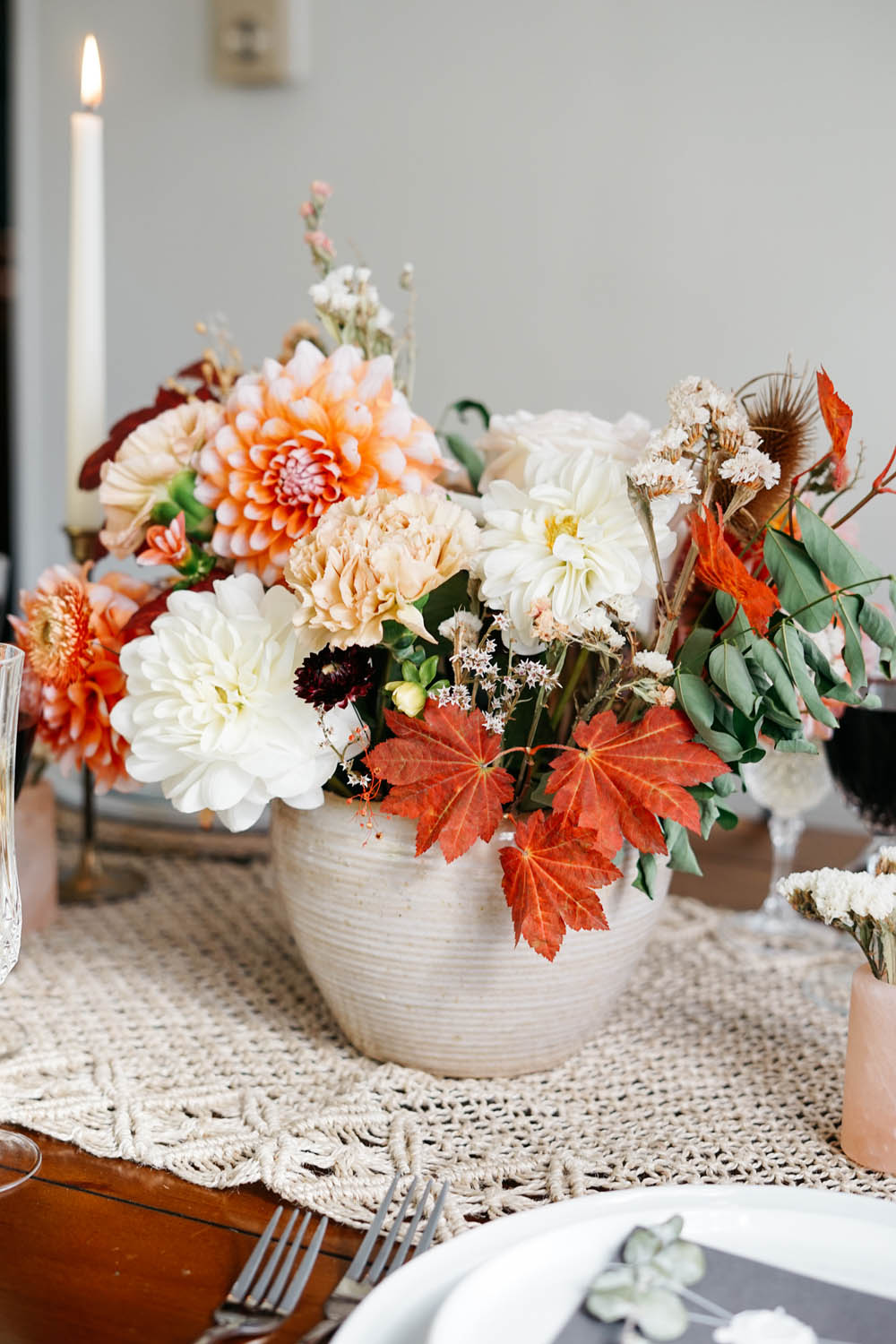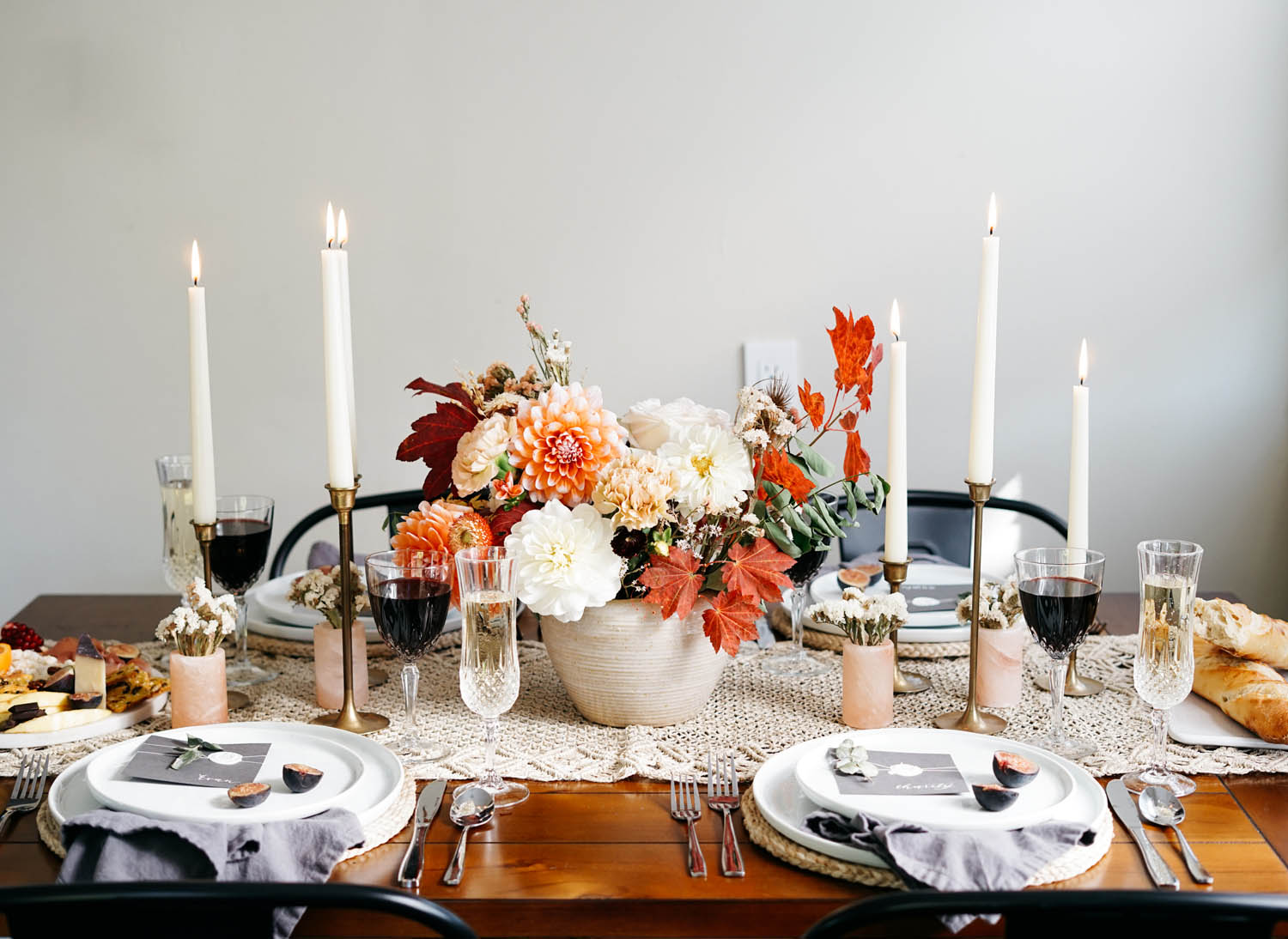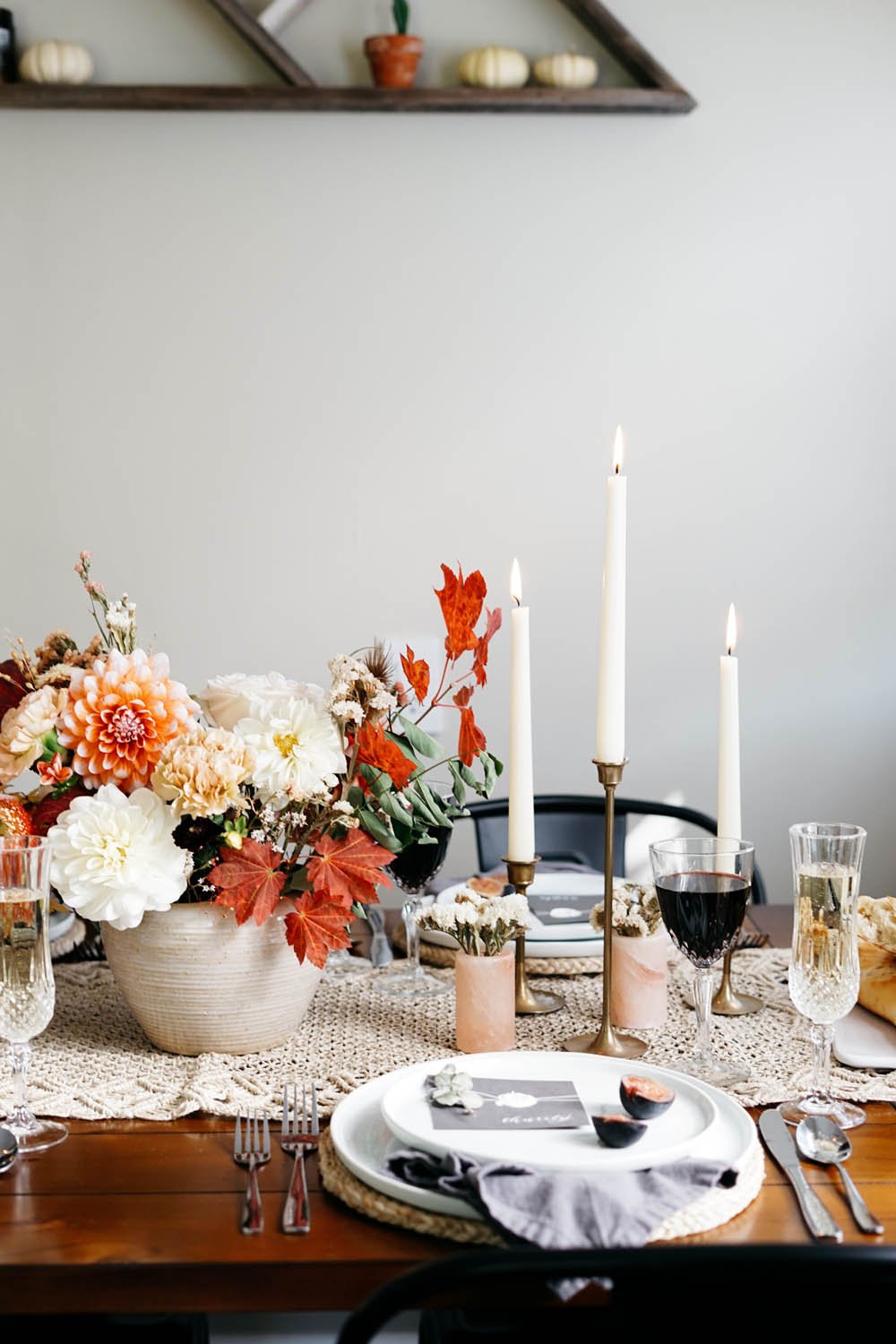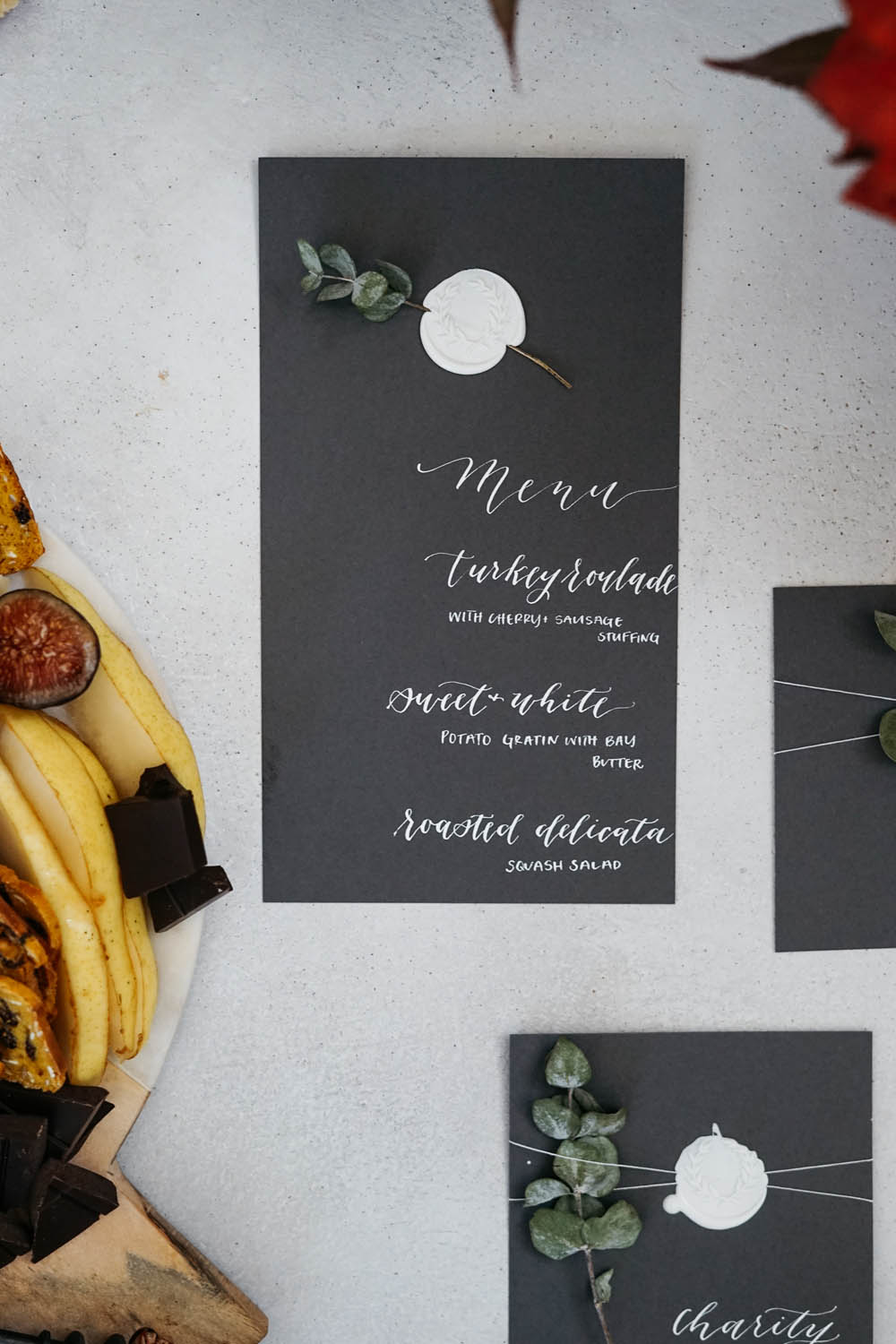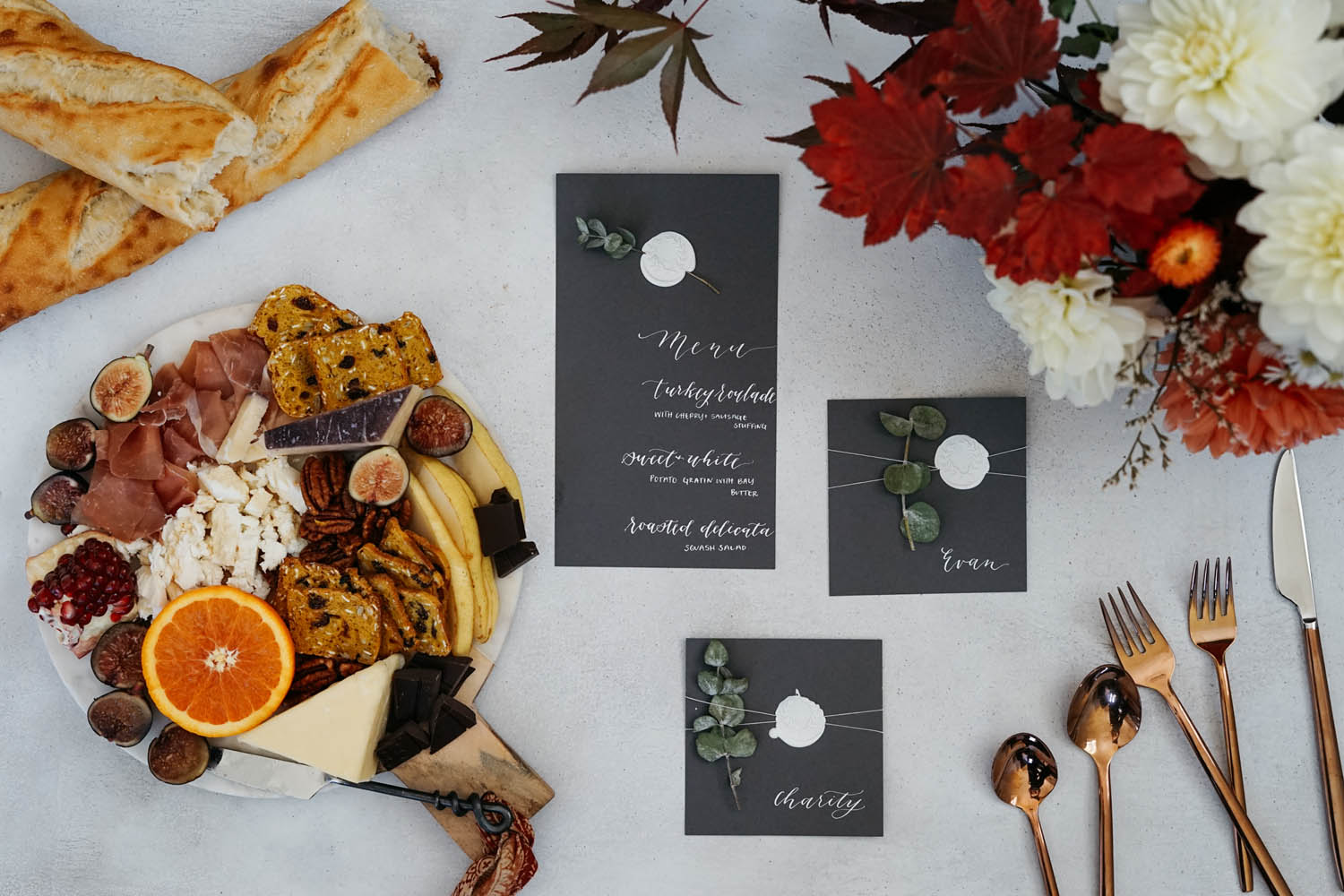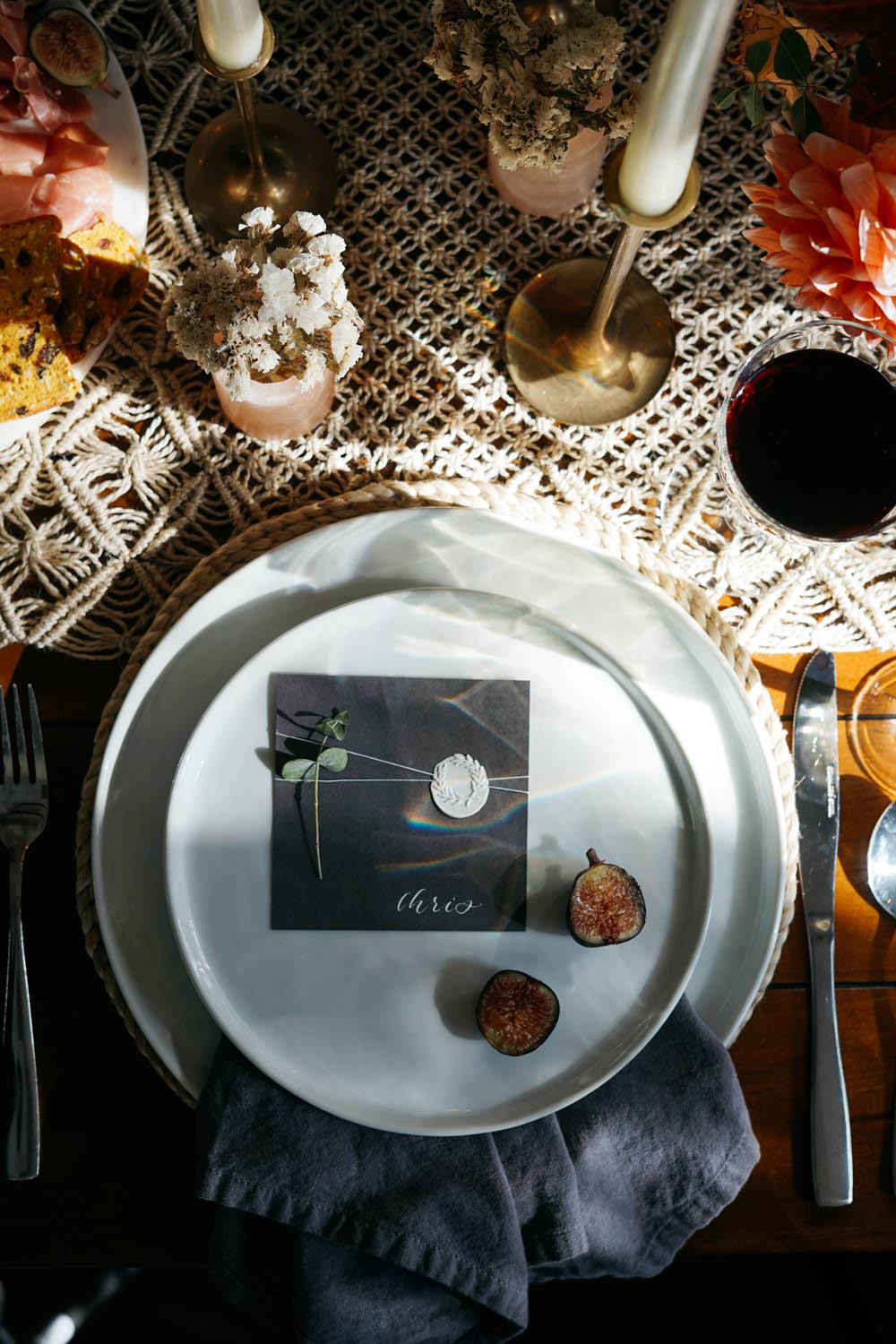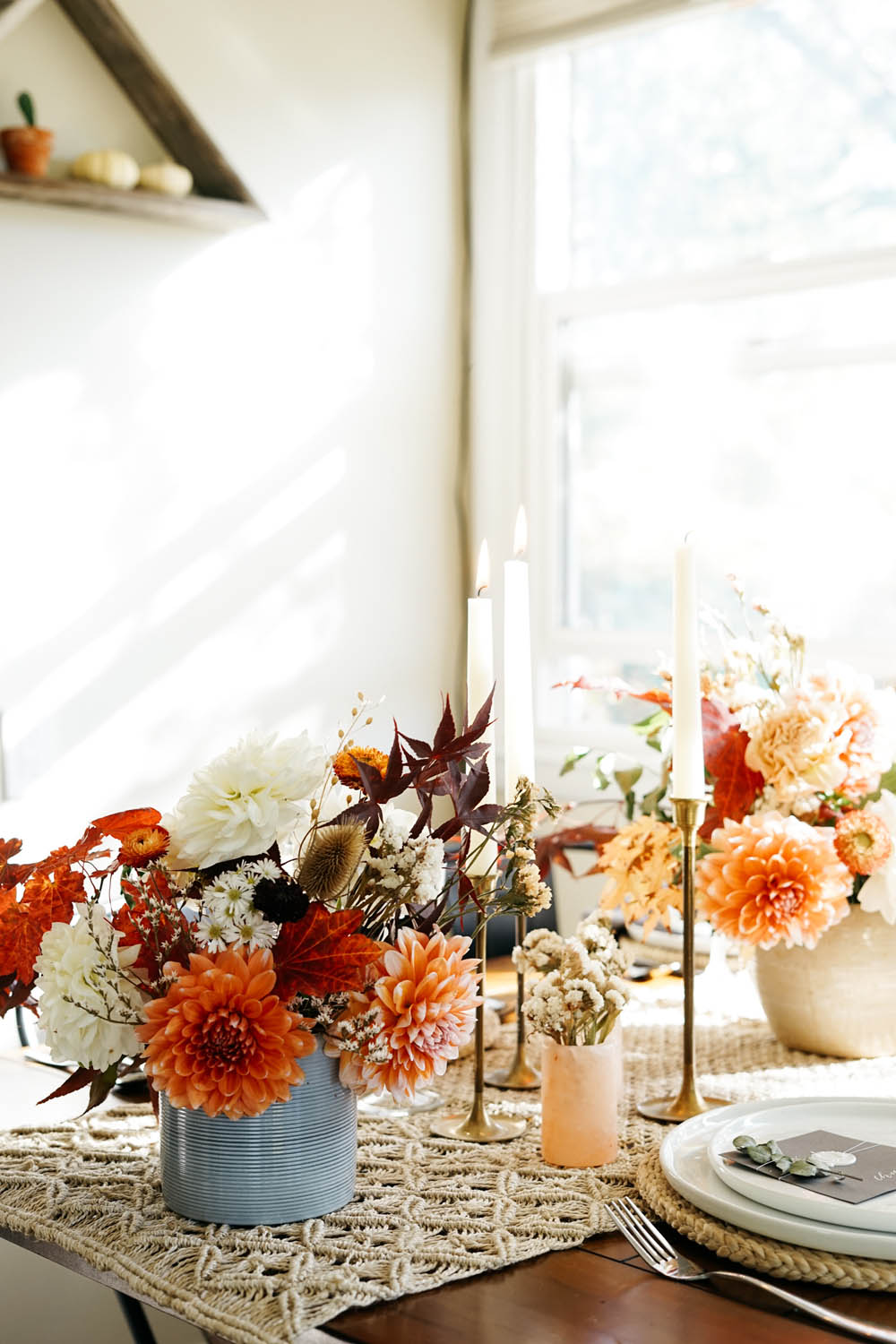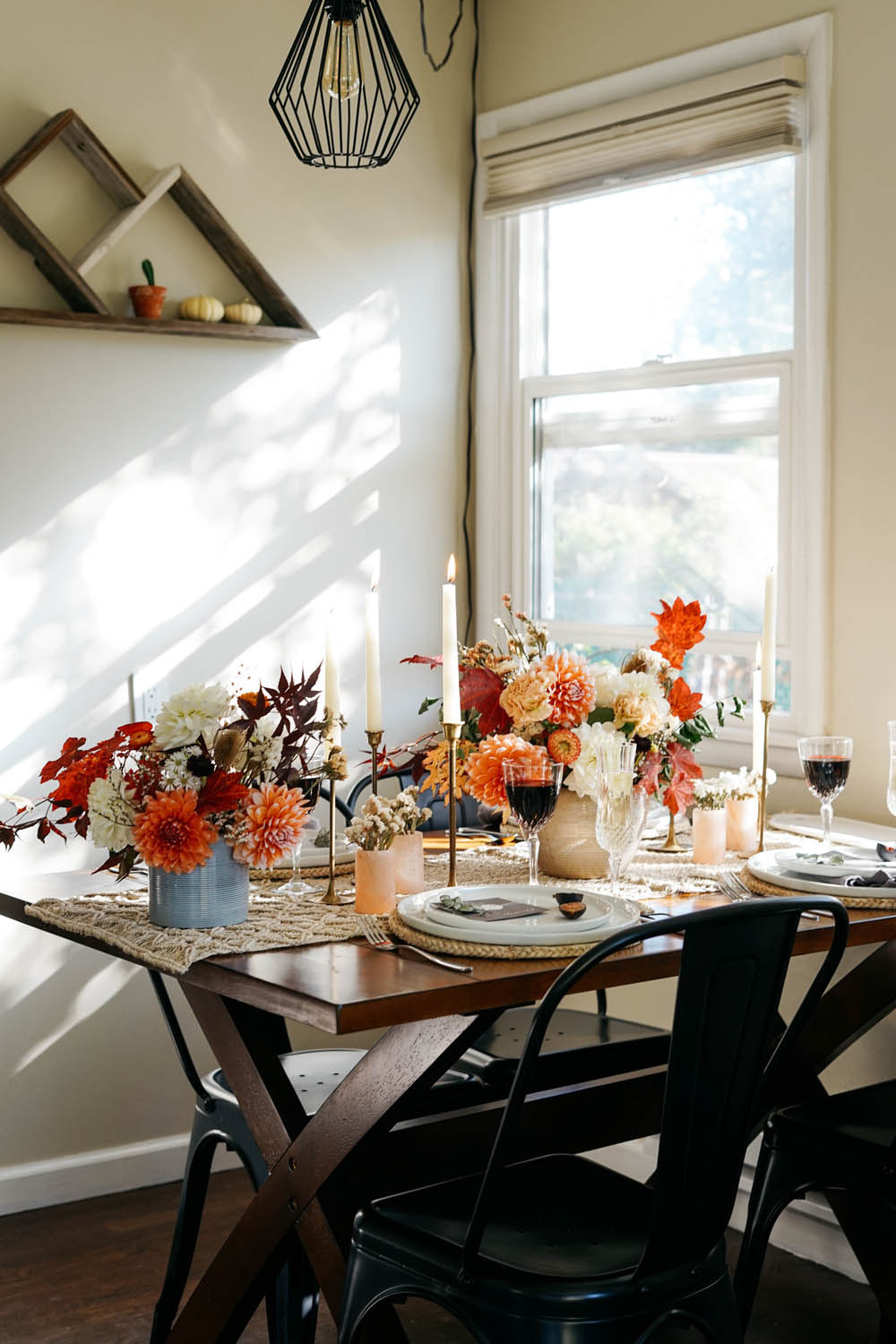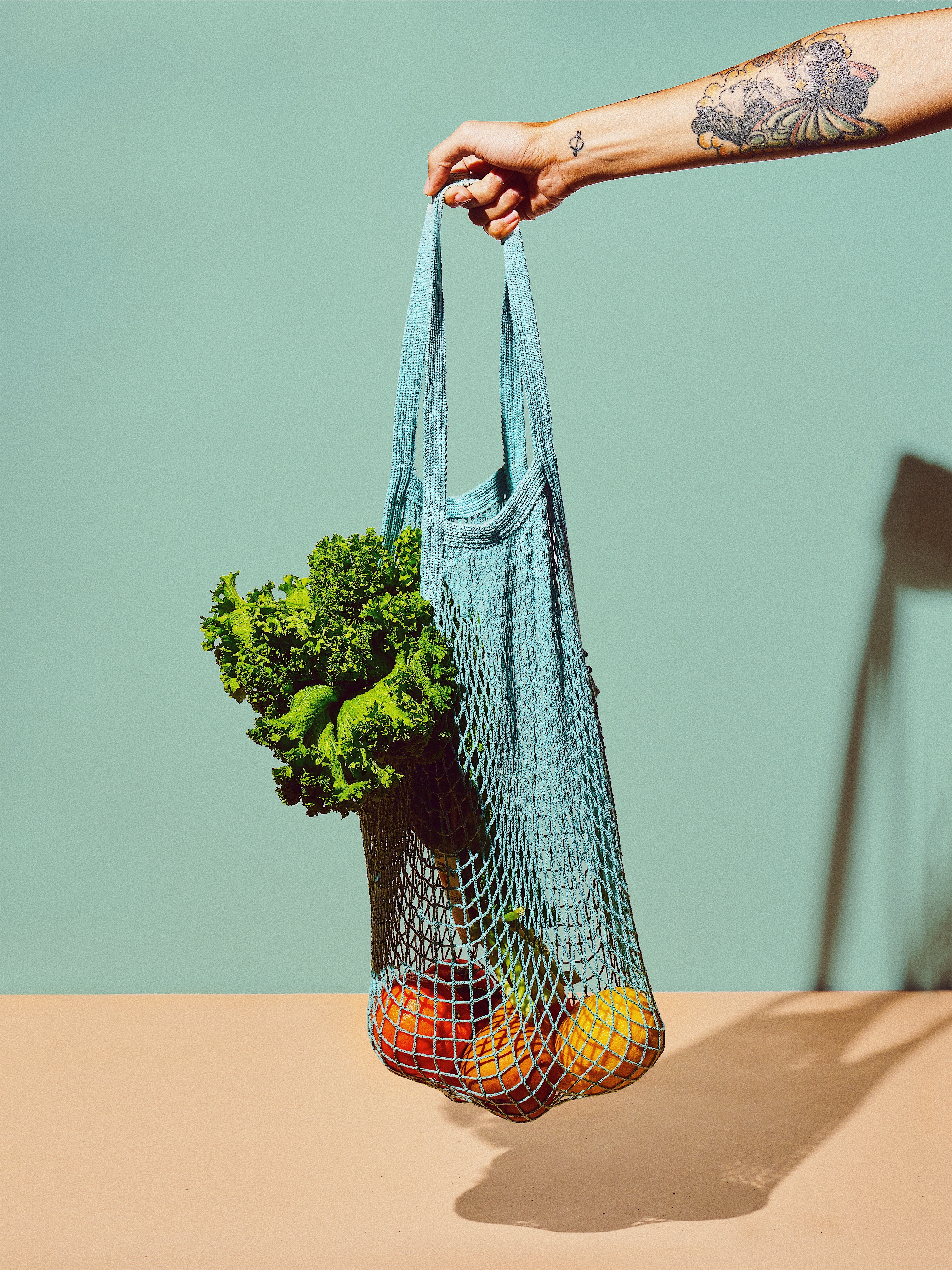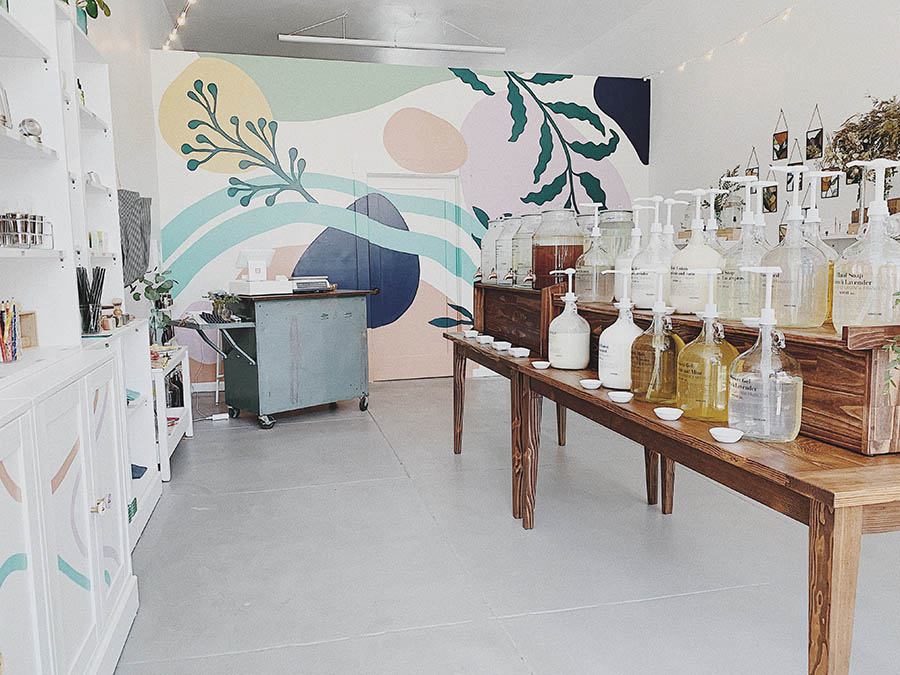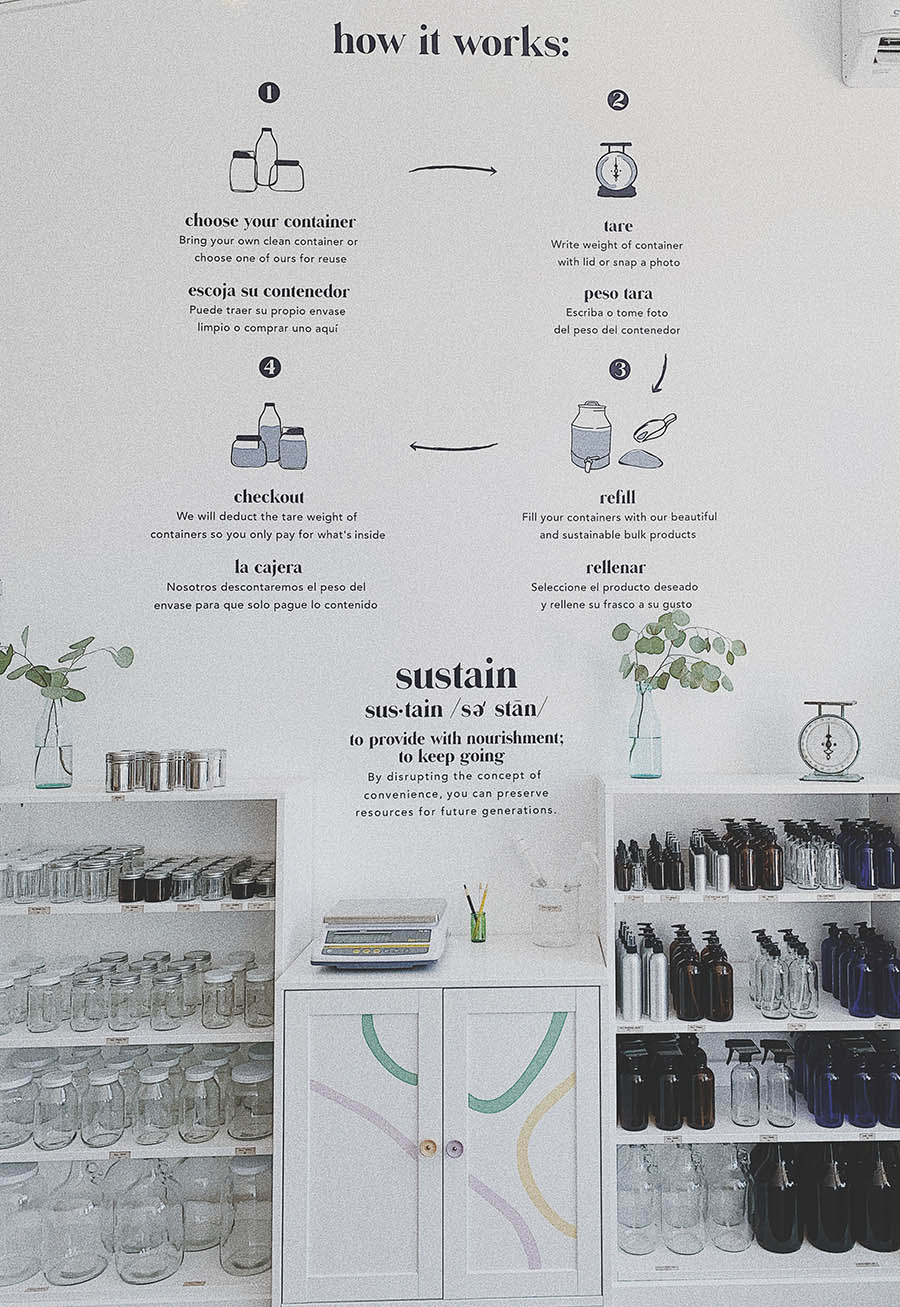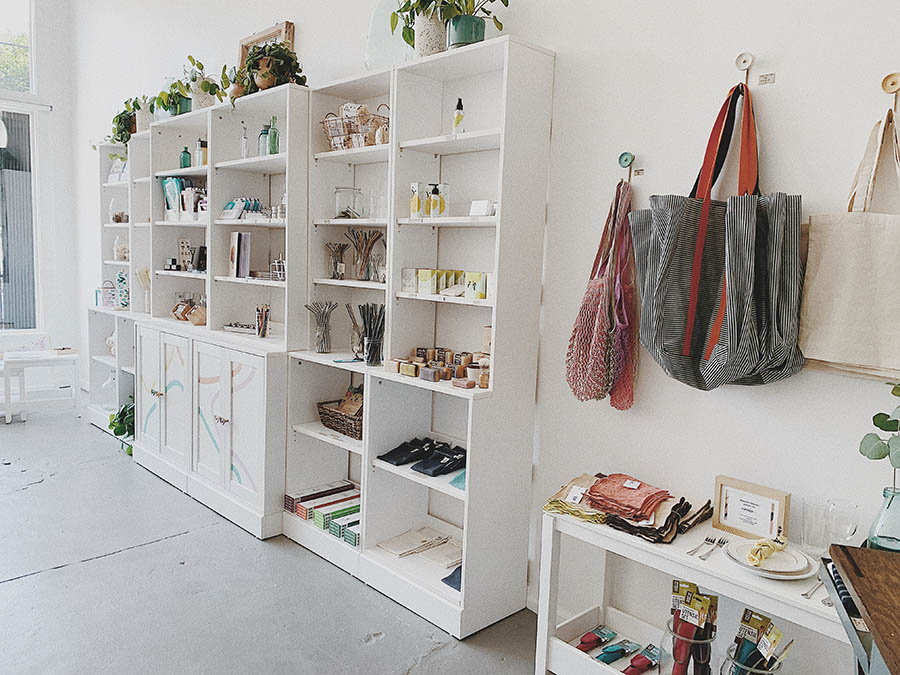If you haven’t gotten around to it, 2020 is a good time to start thinking more consciously about what you do or don’t buy. Now that each grocery run is a risk, now that our wallets are tight, there are many reasons mindful purchases are important now more than ever. The tips below will actually help you be more resourceful and self-sufficient, which is vital in times of crisis. And you can do it slowly (hey, we got time), one step at a time, until you create new habits in your life, ones that align more closely with your values. So if you’ve been thinking about how to go zero waste, but are a little worried about these unpredictable times, read on.
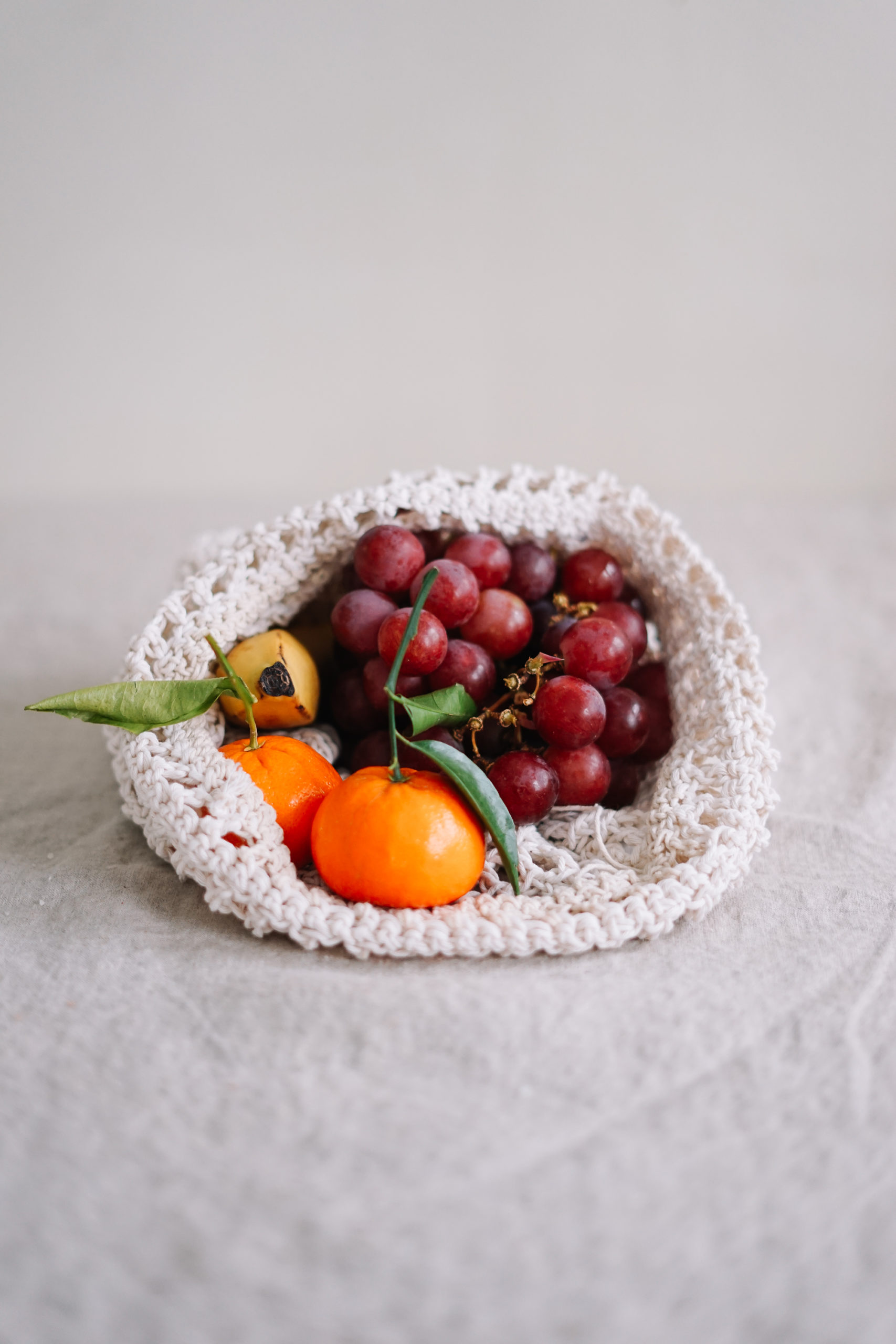
How to Go Zero Waste (or Low Impact) in 2020
Consider each item you’ve already “stocked up” on. The Friday before self-quarantine, I shopped at Whole Foods. It was eerie. I saw streams of people staring at the shelves, looking quite honestly, like they’d never been in a grocery store before. They wondered what I wondered—what else do I need?
We Americans toss the word “need” around quite liberally, so it’s a good time to review all of those purchases you made with “Oh! I need…” in mind. This is not to scrutinize yourself, but become aware of habits you keep simply because it’s second nature. Considering this is a time where medical professionals can’t even get what’s necessary, you might find that some of your needs are truly just habits—and perhaps not even all that practical in a time of crisis. You’ll want to take a particularly close look at single use products:
Hunkered down at home, how does it make sense to stockpile (and then repurchase and repurchase again) single use products rather than those that keep you from running out of such supplies? We’re still clearing the shelves—doesn’t it seem more practical to switch to products that last longer? Cloth napkins are reusable. A water filter—if you need one, depending on your location—lasts about two months, whereas families go through a flat of water bottles every week or so. Once you look into it, you’ll find the swaps that are most practical for your household to make.
Now is a good time to create new habits. Right now, we’re left to control our routines. Habits can be difficult to shift but it’s always possible—and this is something you can control a bit more while in quarantine. It’s just getting started that’s intimidating. You have to redirect a habit from picking one thing for the other—that’s it. Being at home is the best time to take this on (and even get loved ones involved, so it sticks).
The hardest part of going low waste is changing the habit. Habits are so easy once you’re in them because they require less mental energy. All this time at home gives us a greater opportunity to swap old habits for new, and in turn make those habits second nature. Feeling like I’m contributing to a better future during this time gives me a better sense of security at this time. But if it becomes stressful for you, give yourself grace! This post is not meant to add another restriction to your life, but empower you in a time of crisis. Not all zero waste habits are easy to create, or even logical, right now. So do what inspires & empowers and keep your head up. 🙂
Have you implemented any zero waste habits into your routine since Coronavirus? Let us know what tips you’re looking for to get started!

